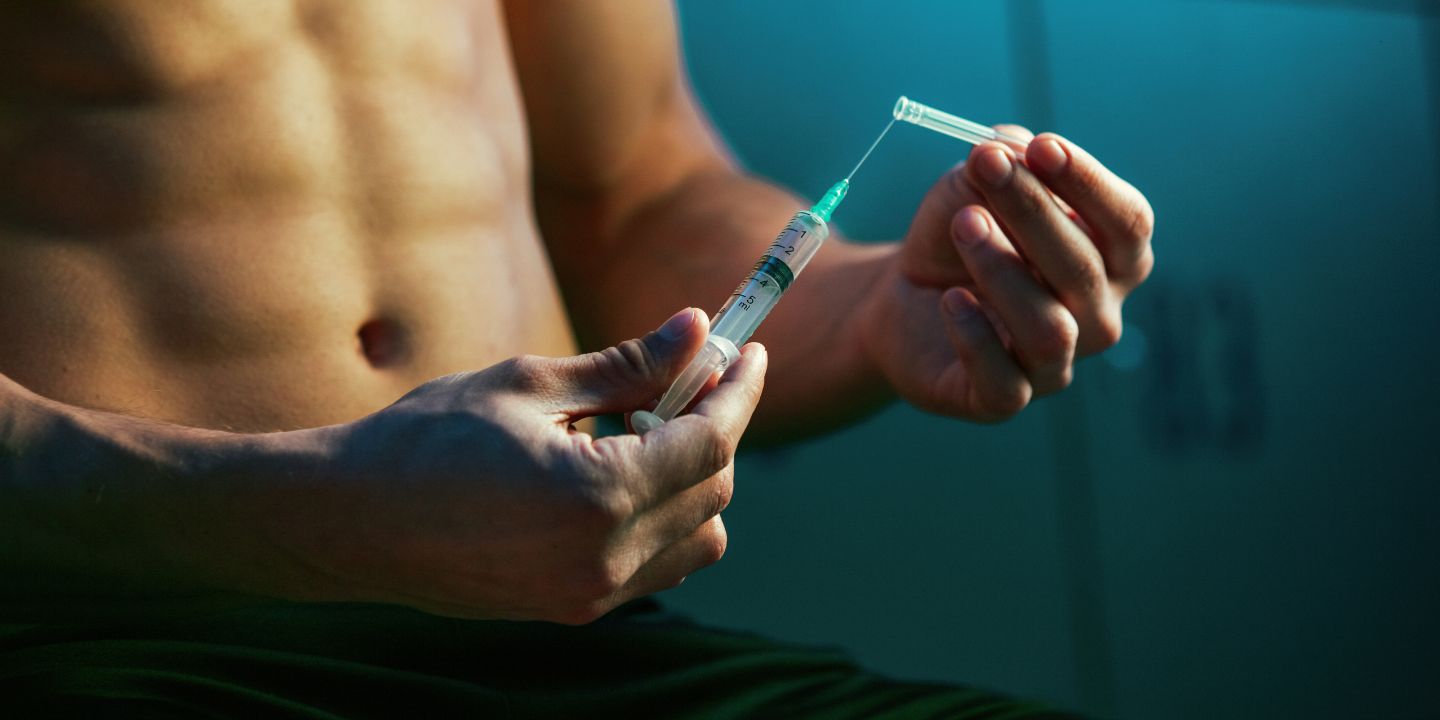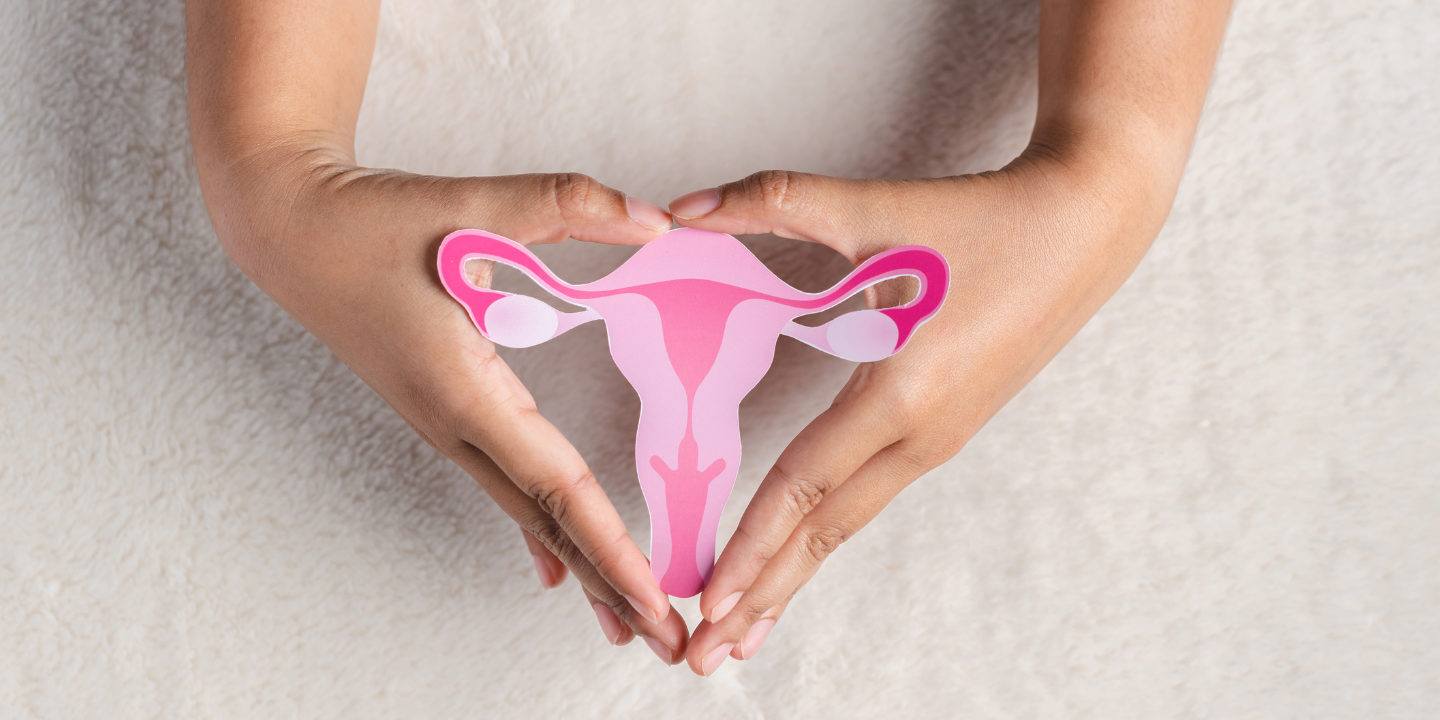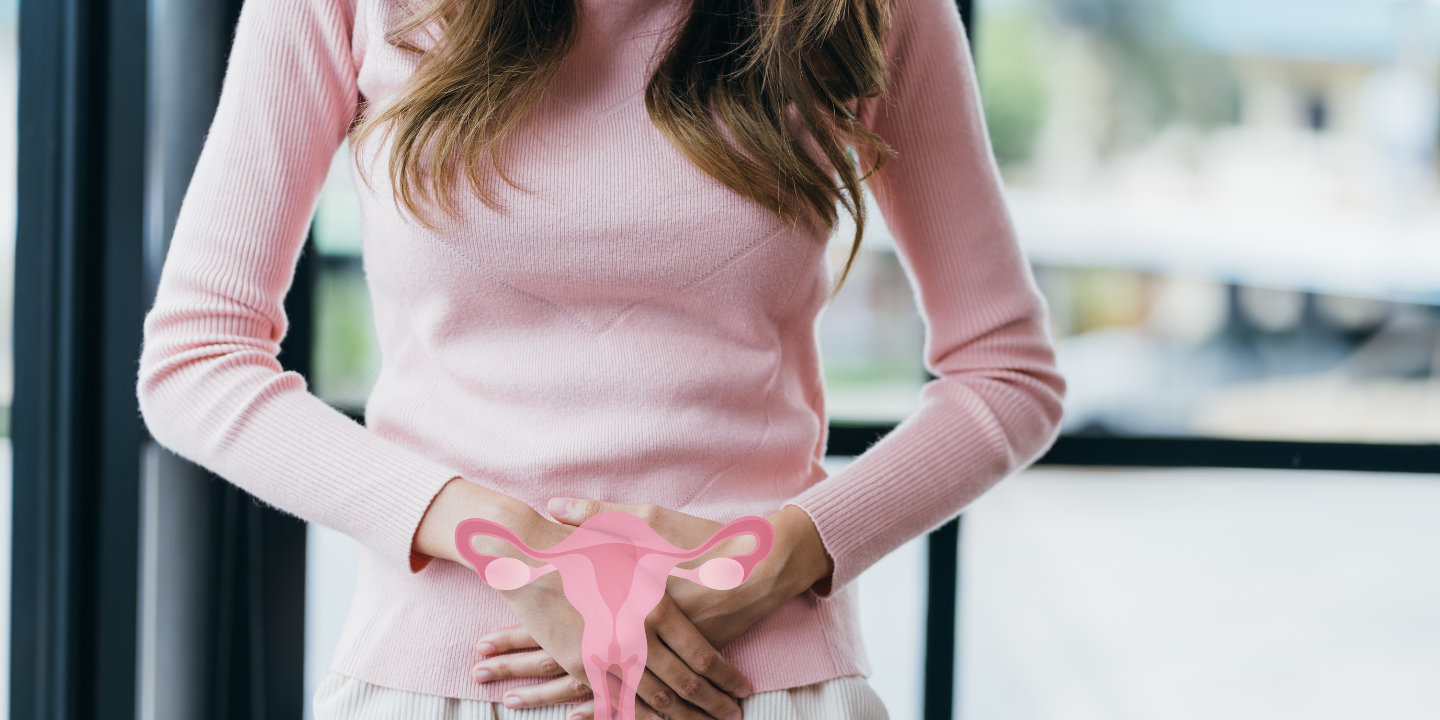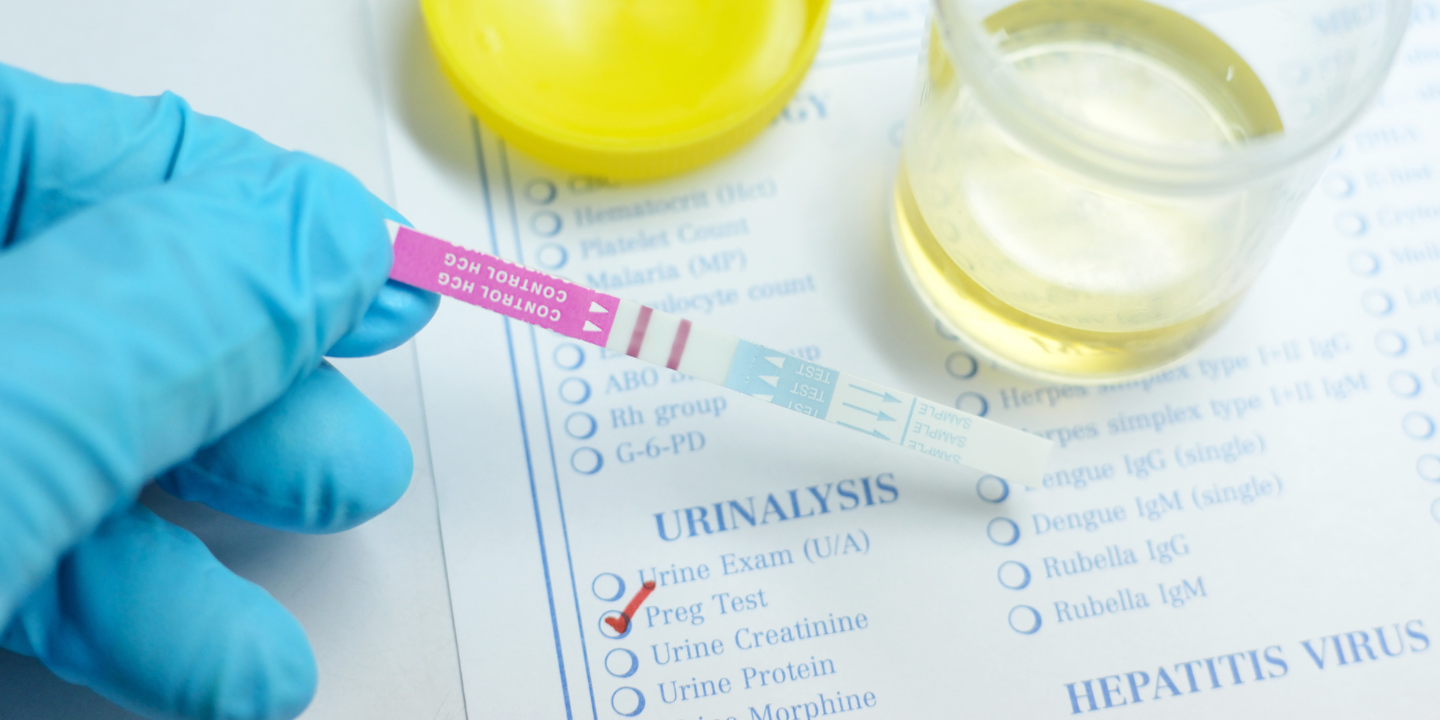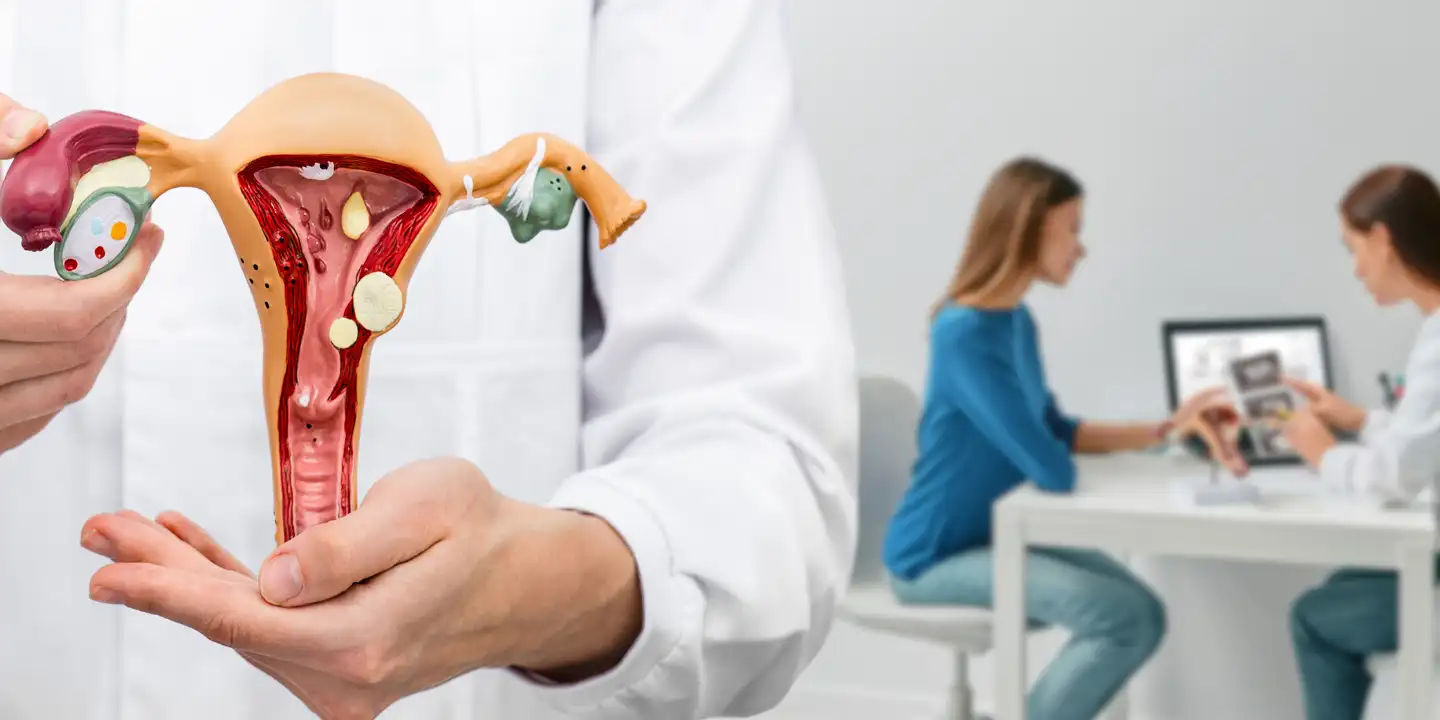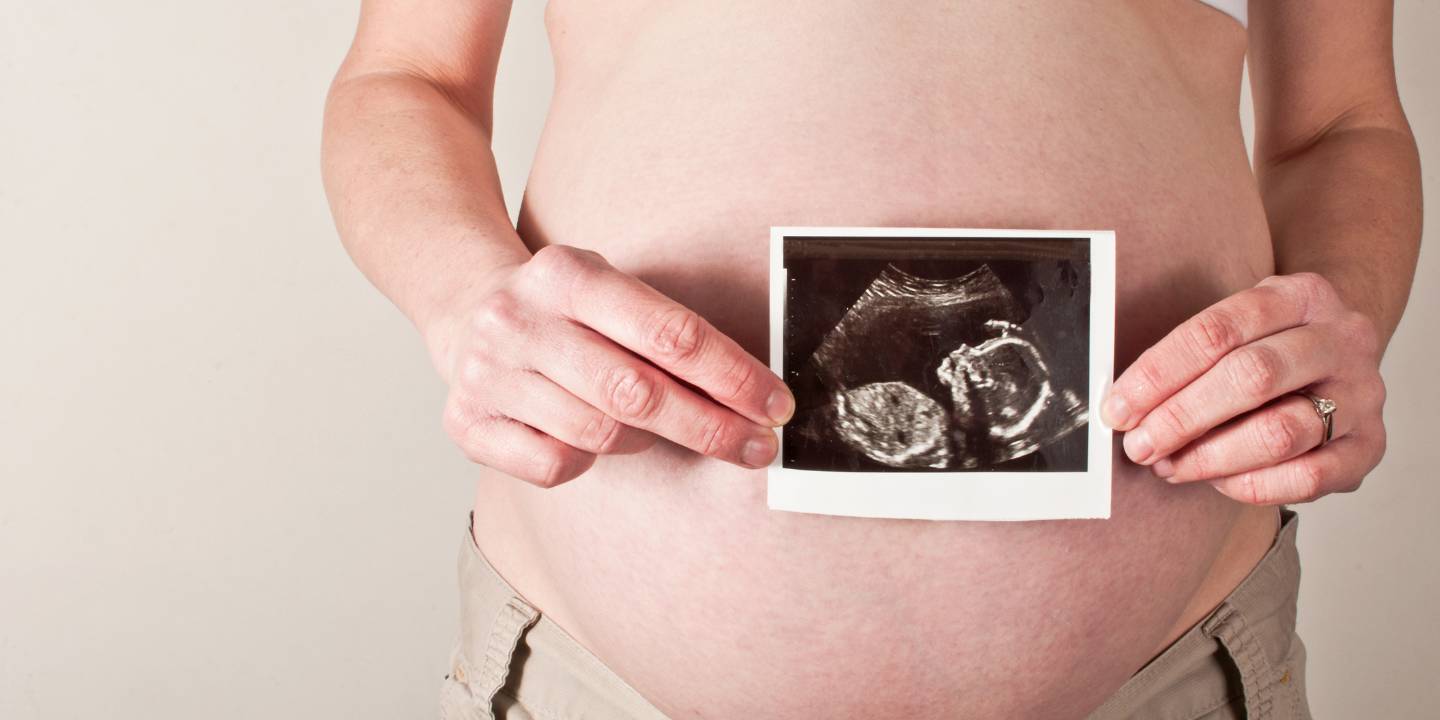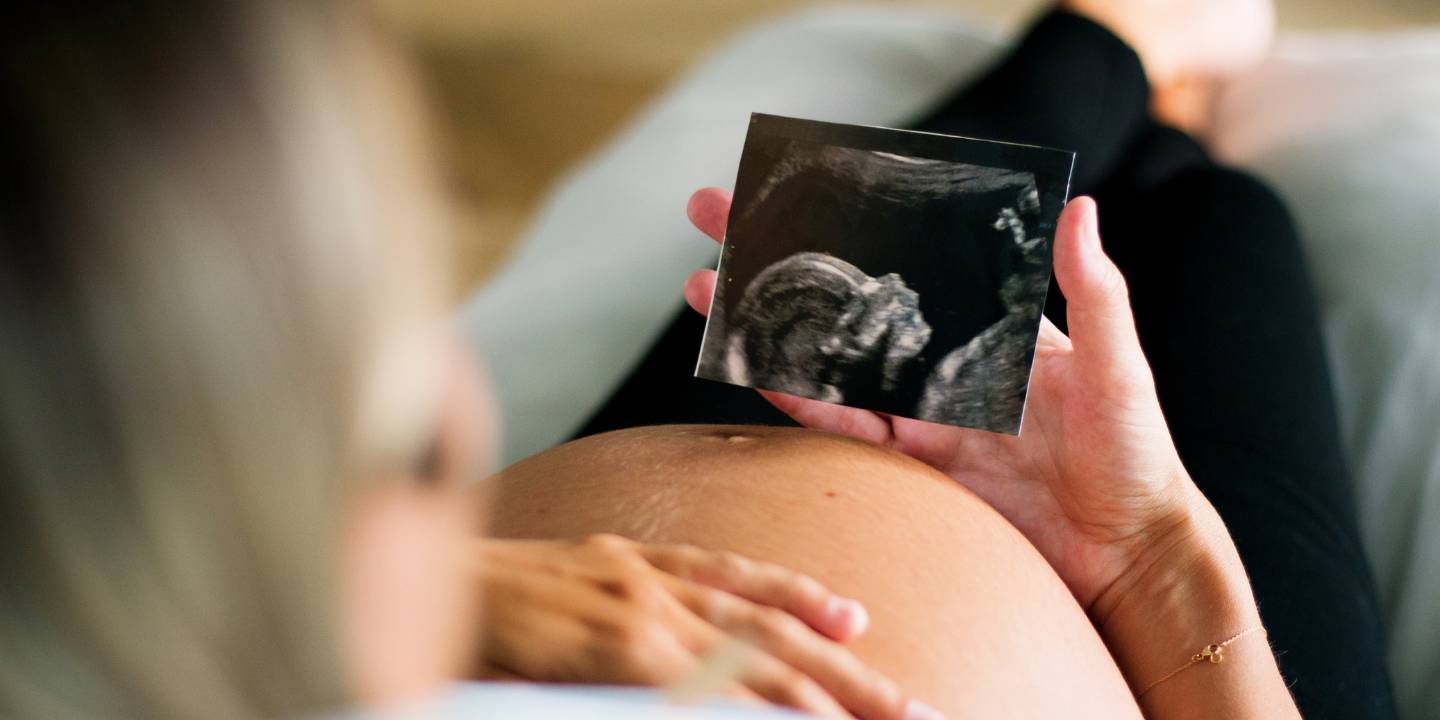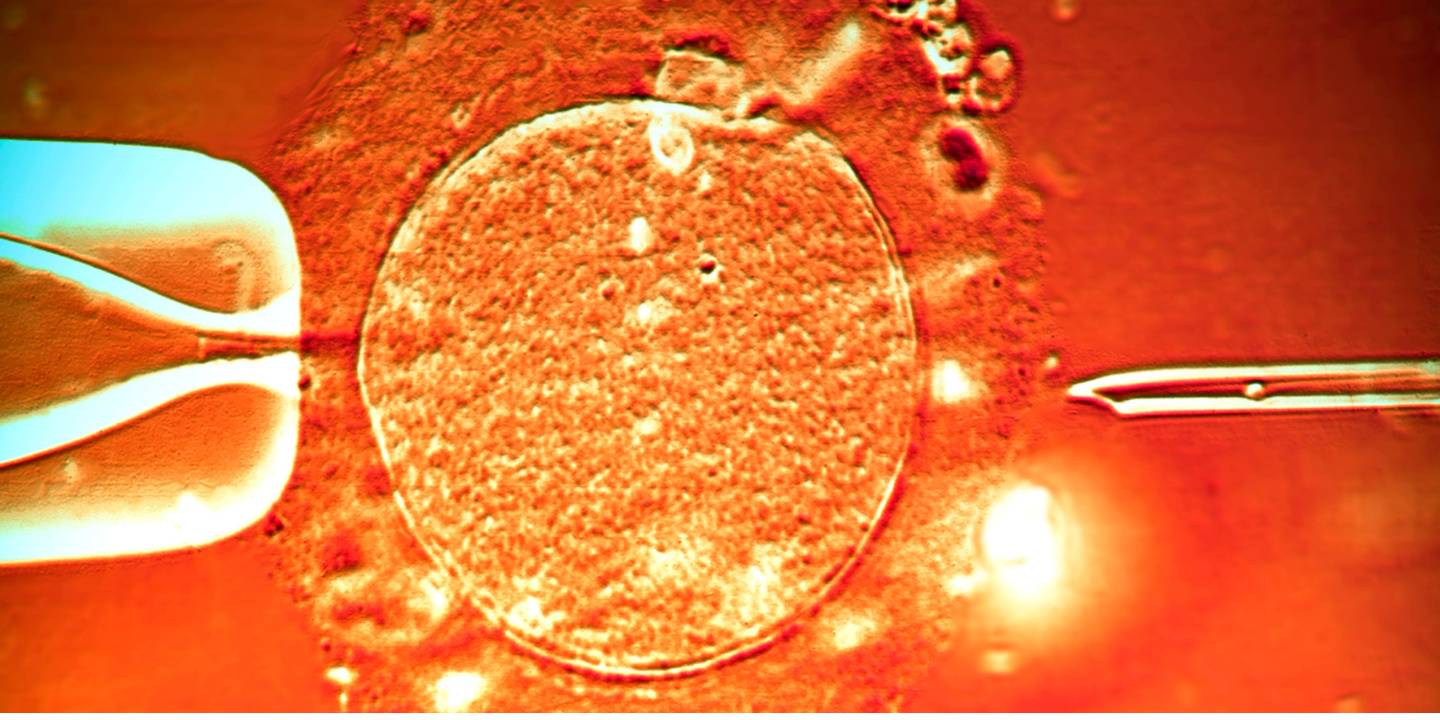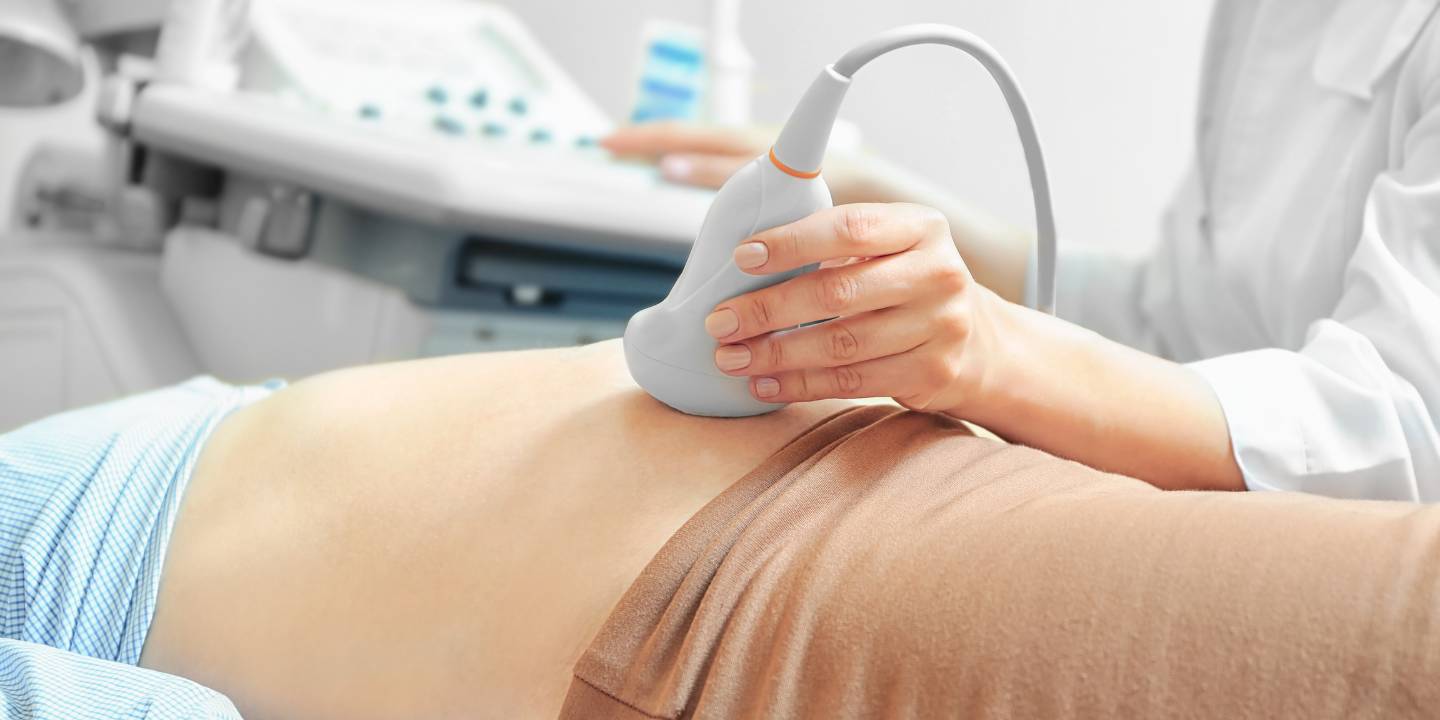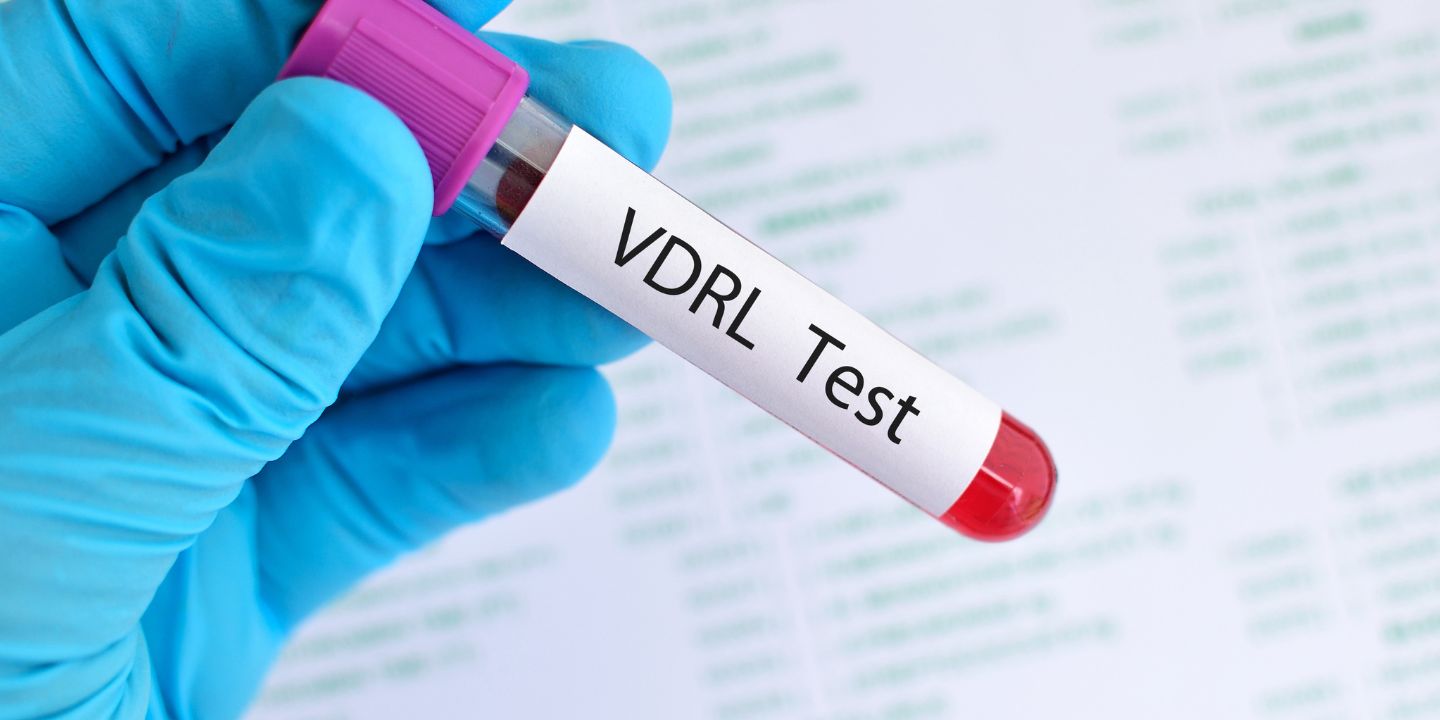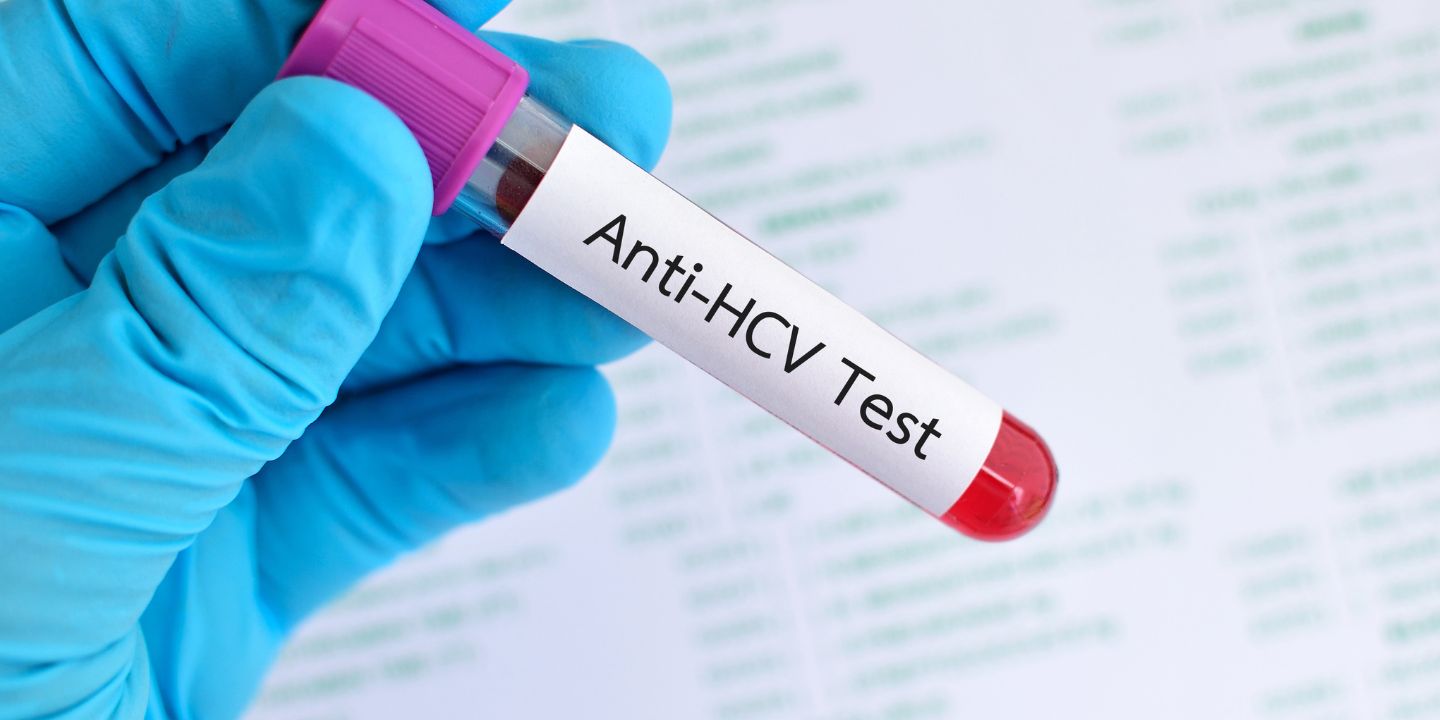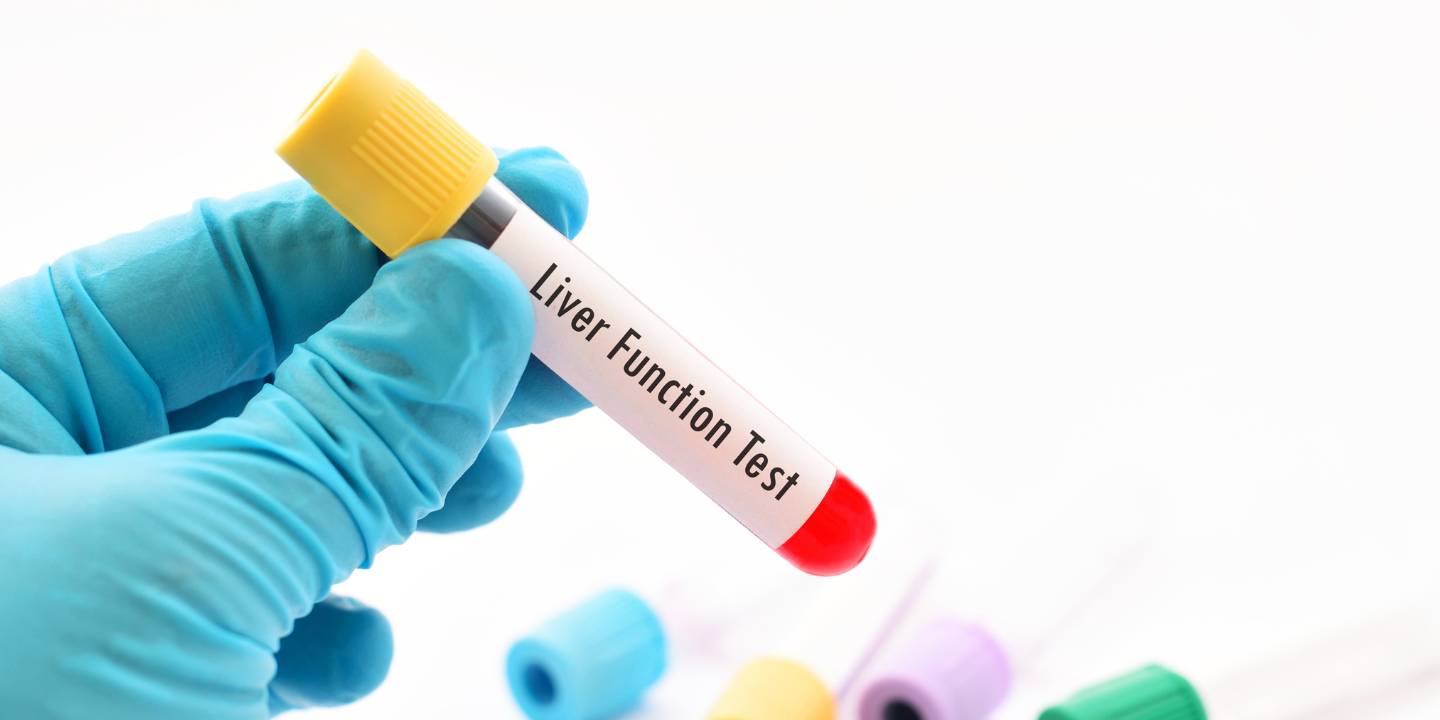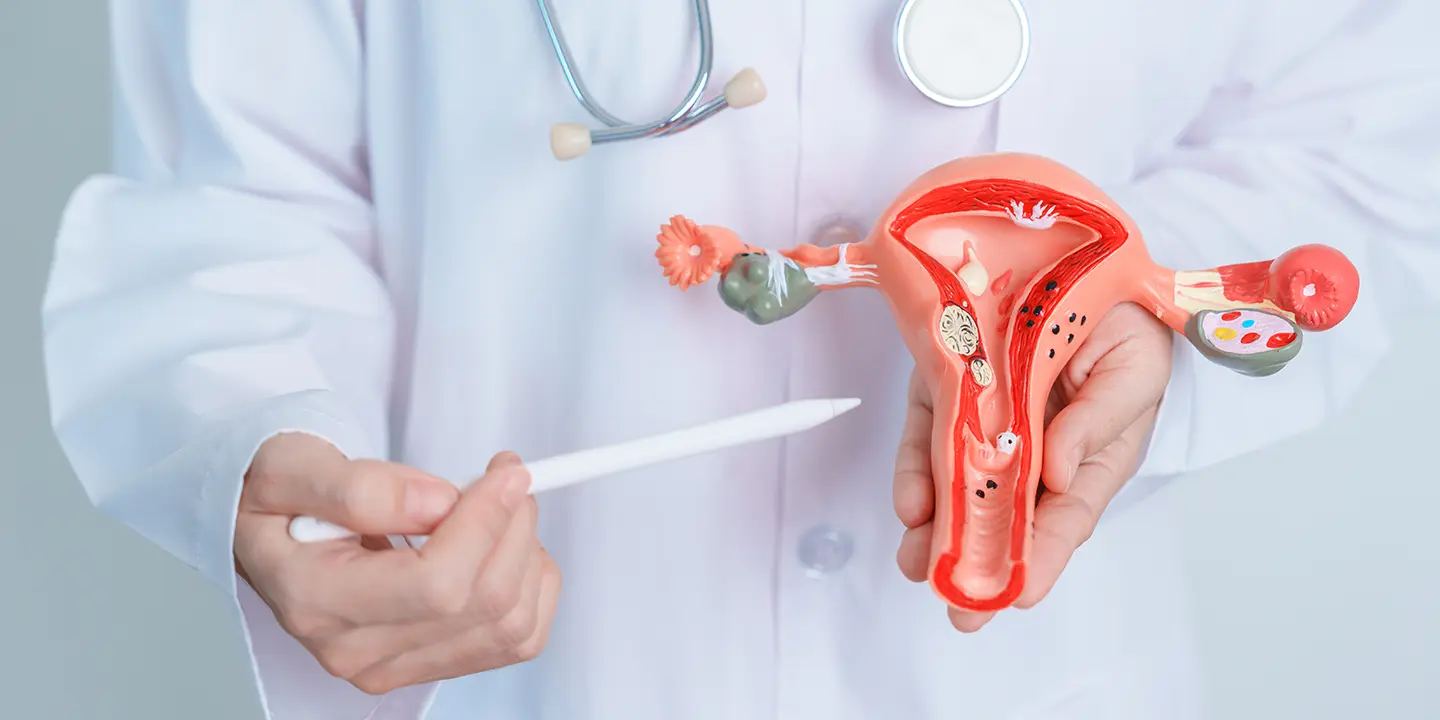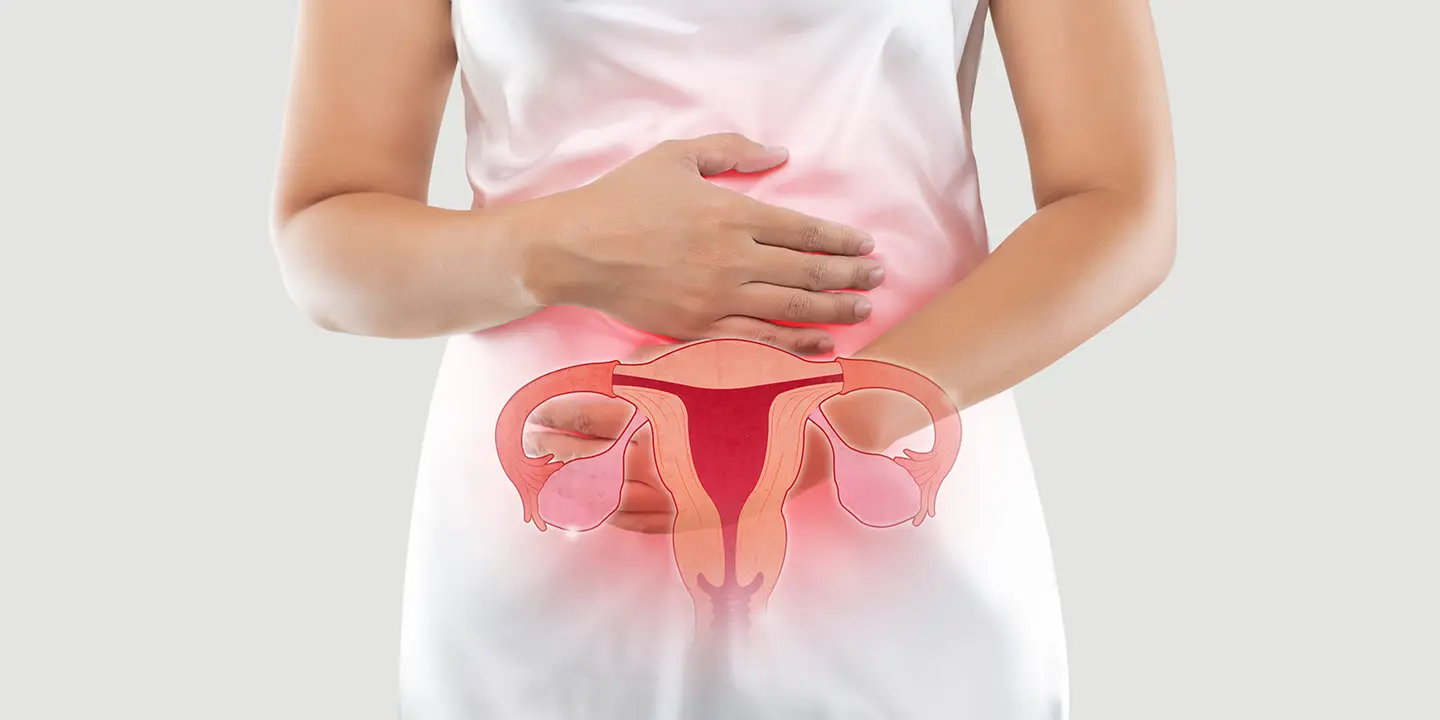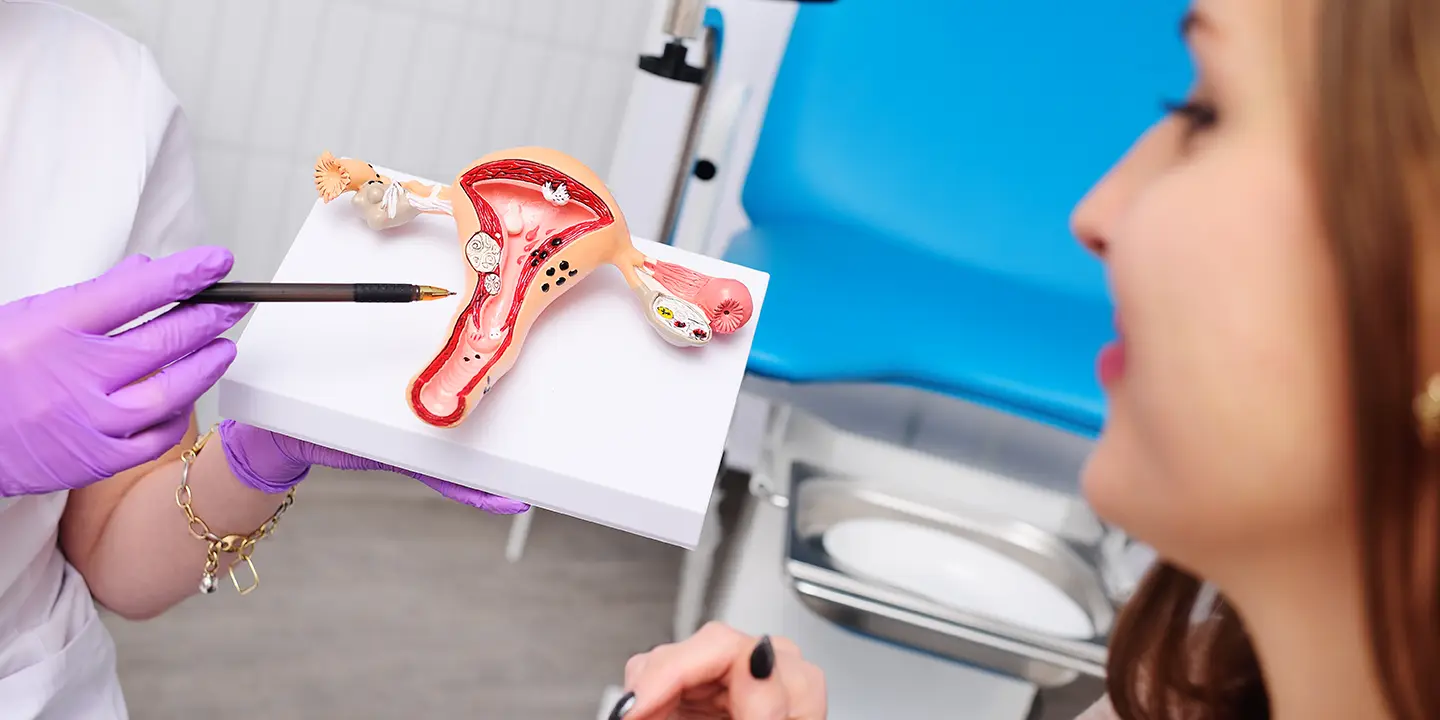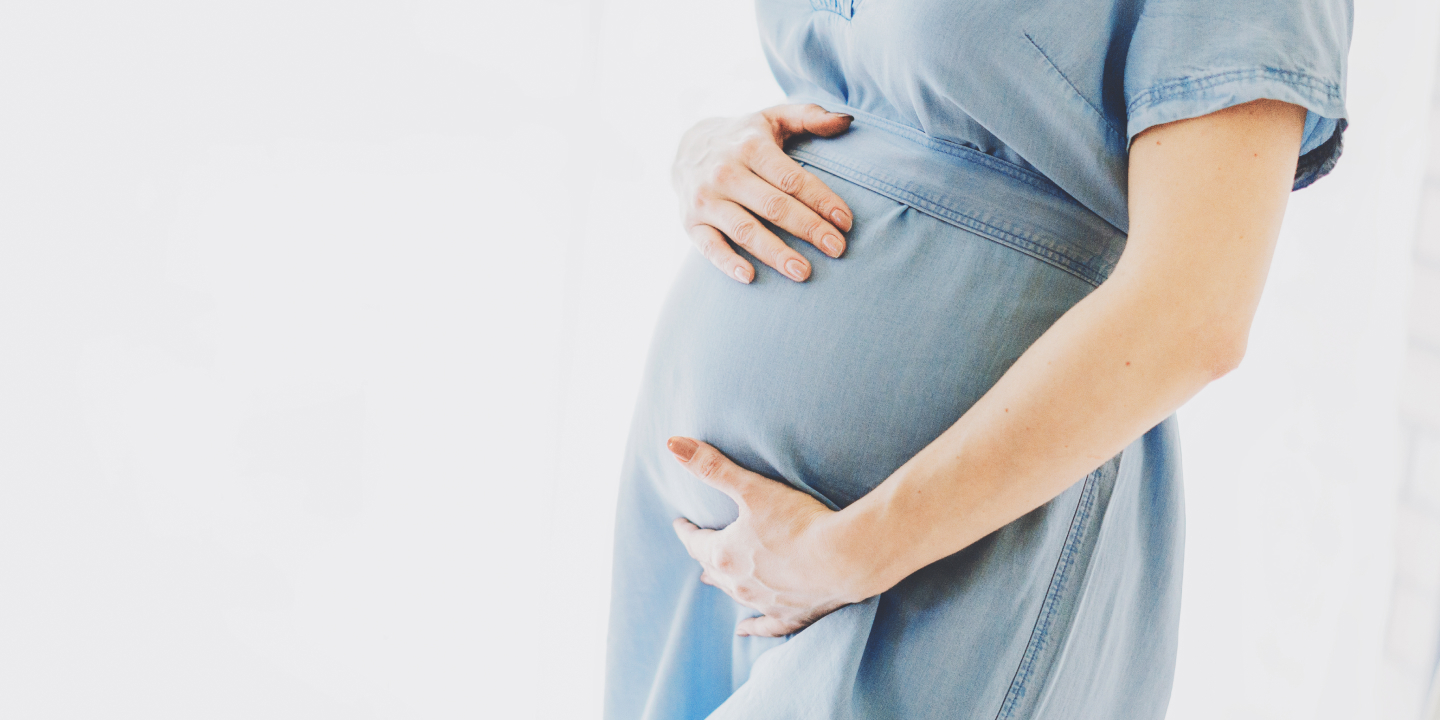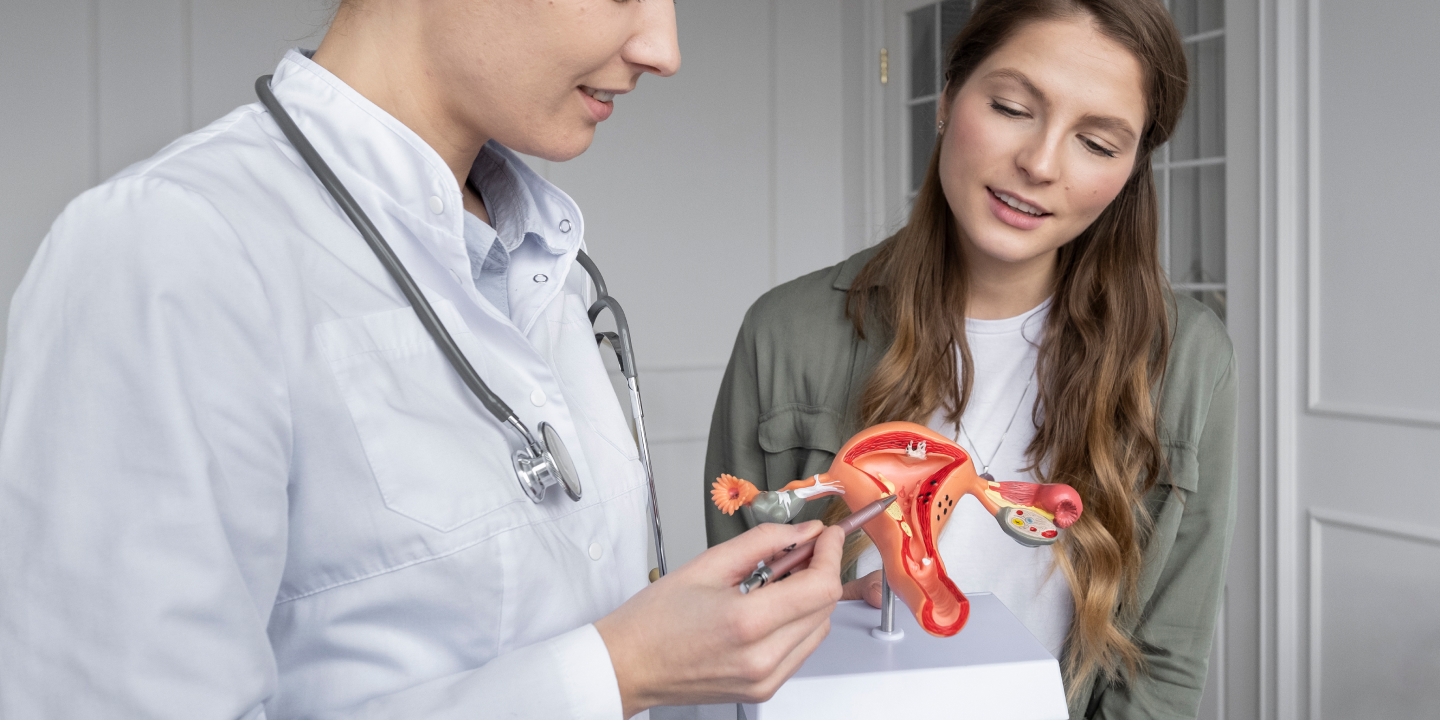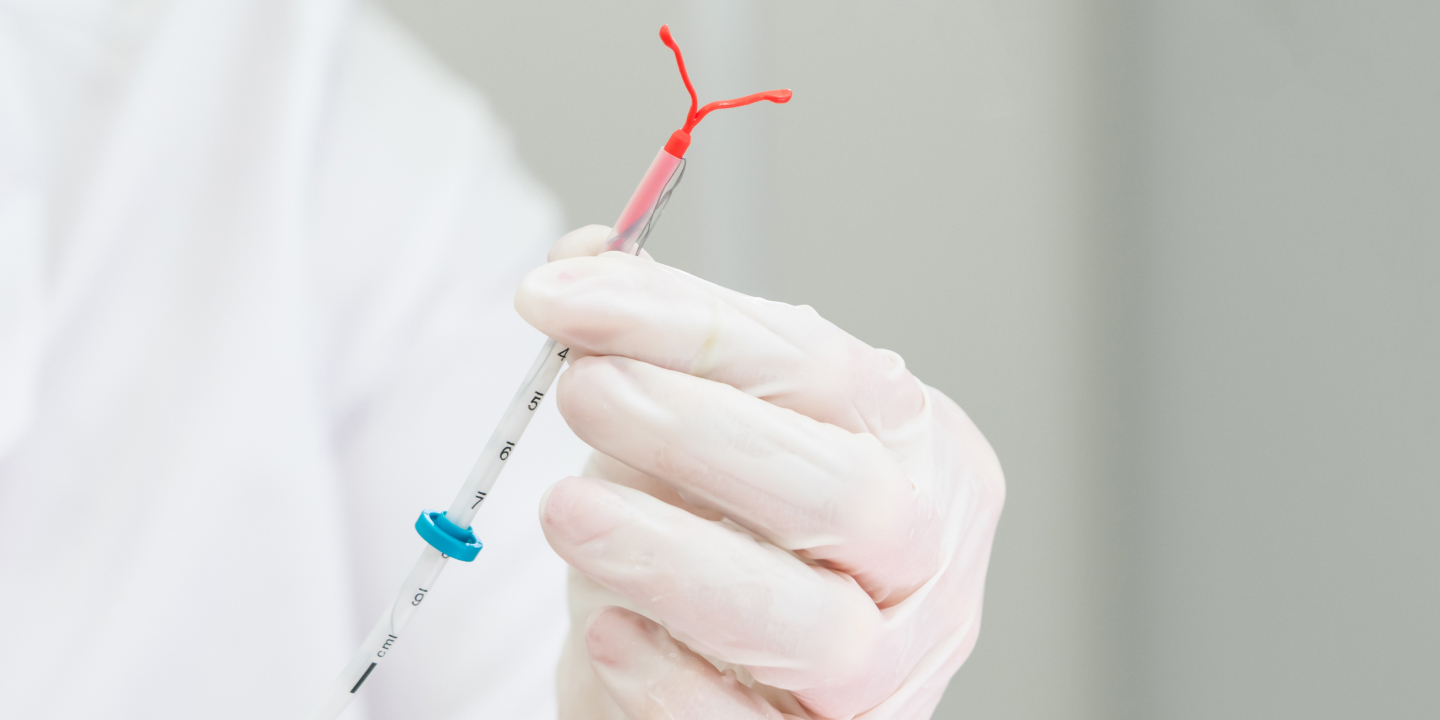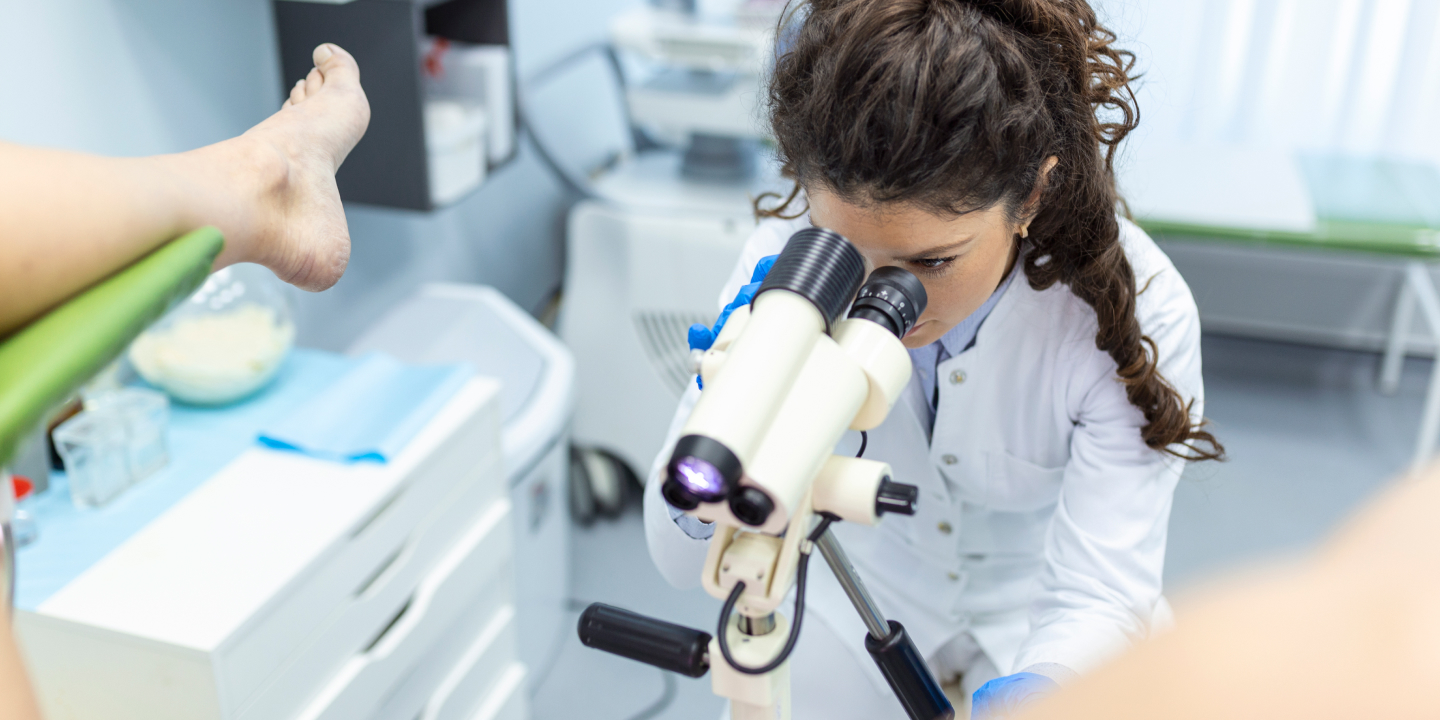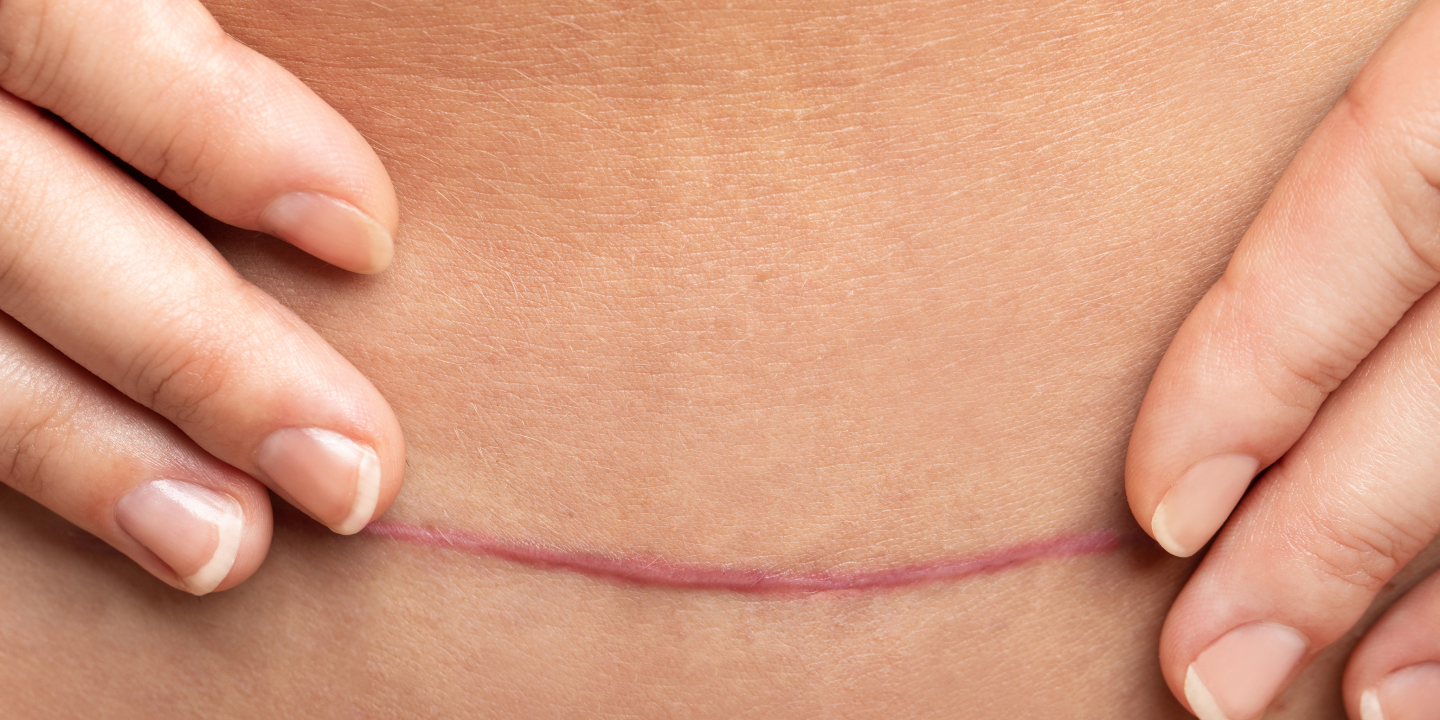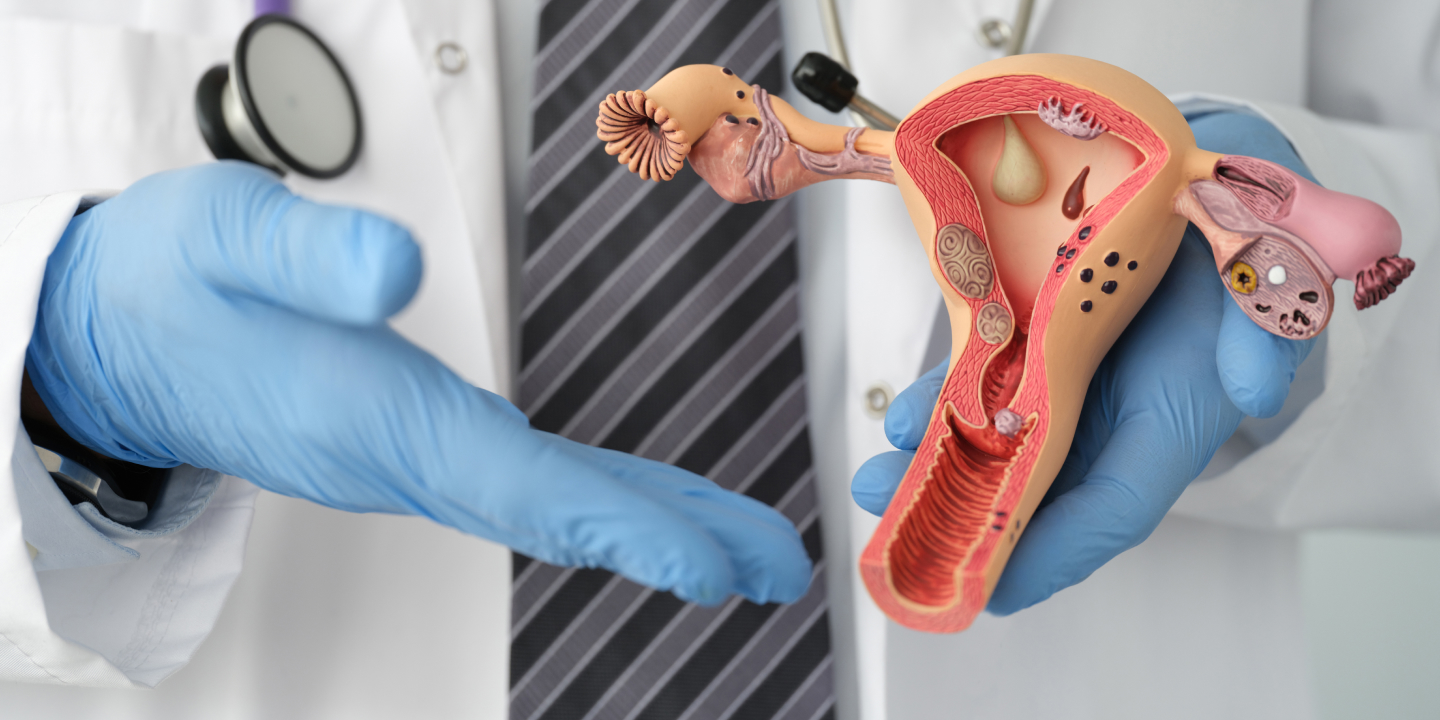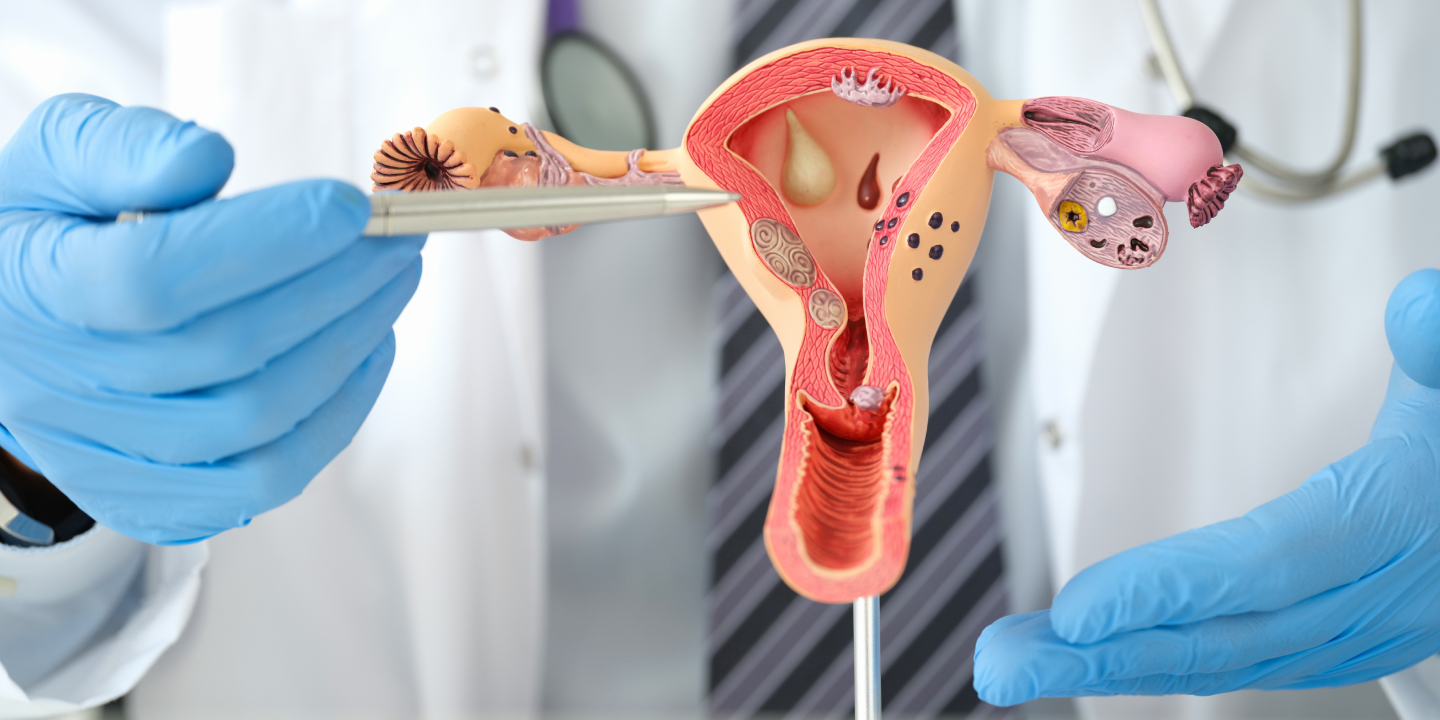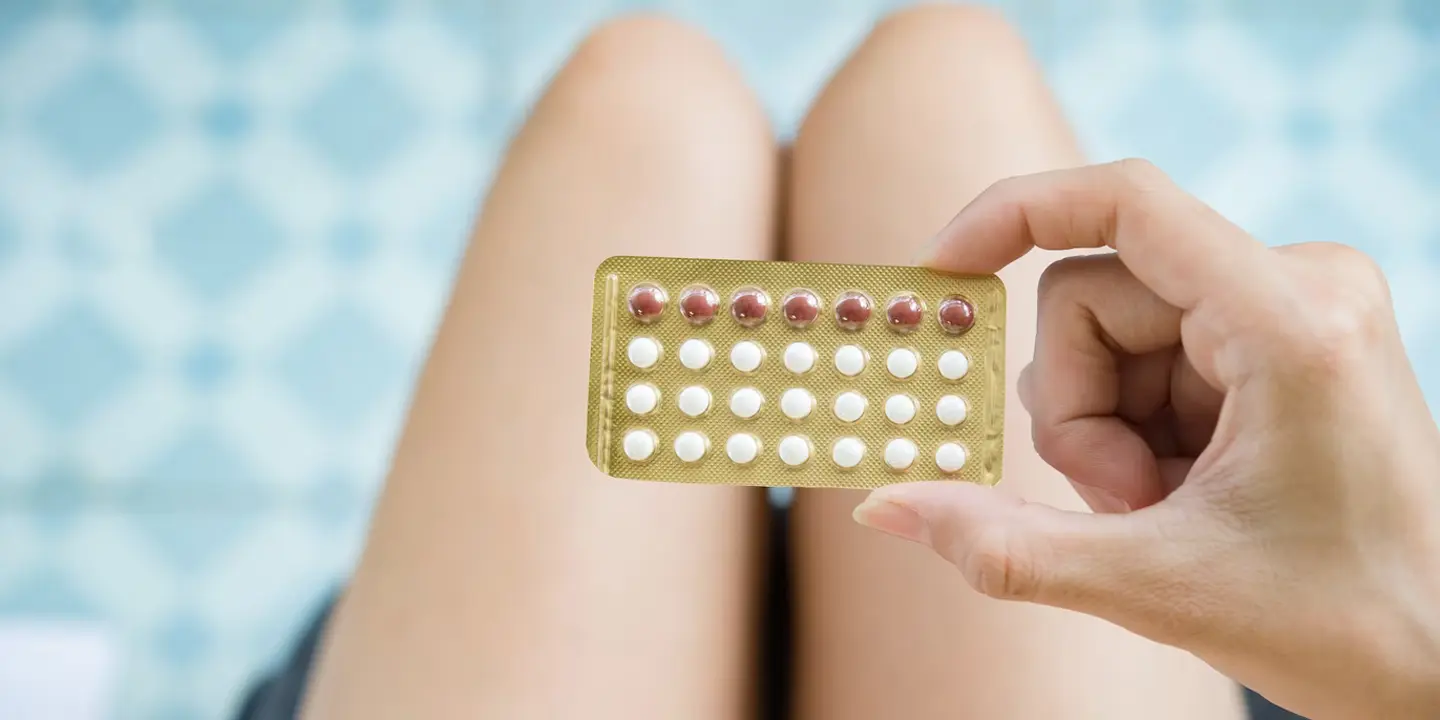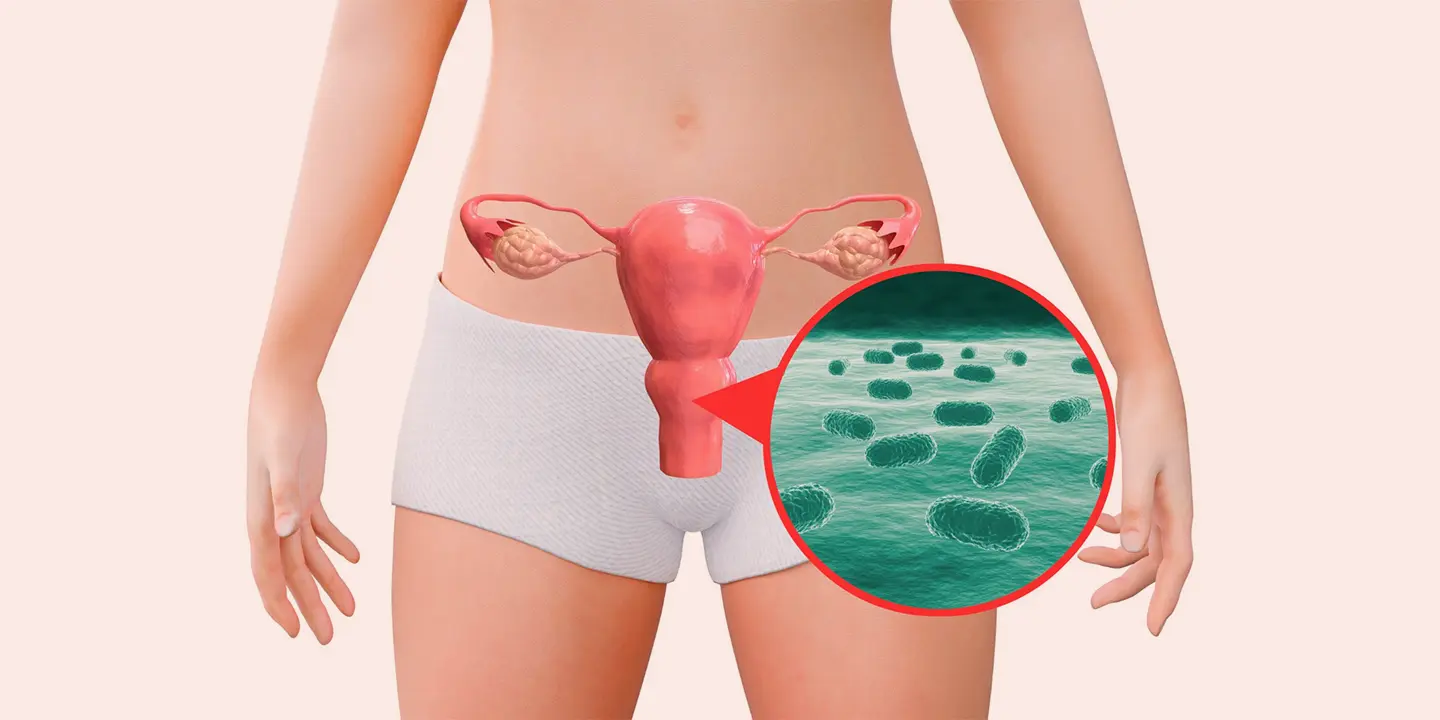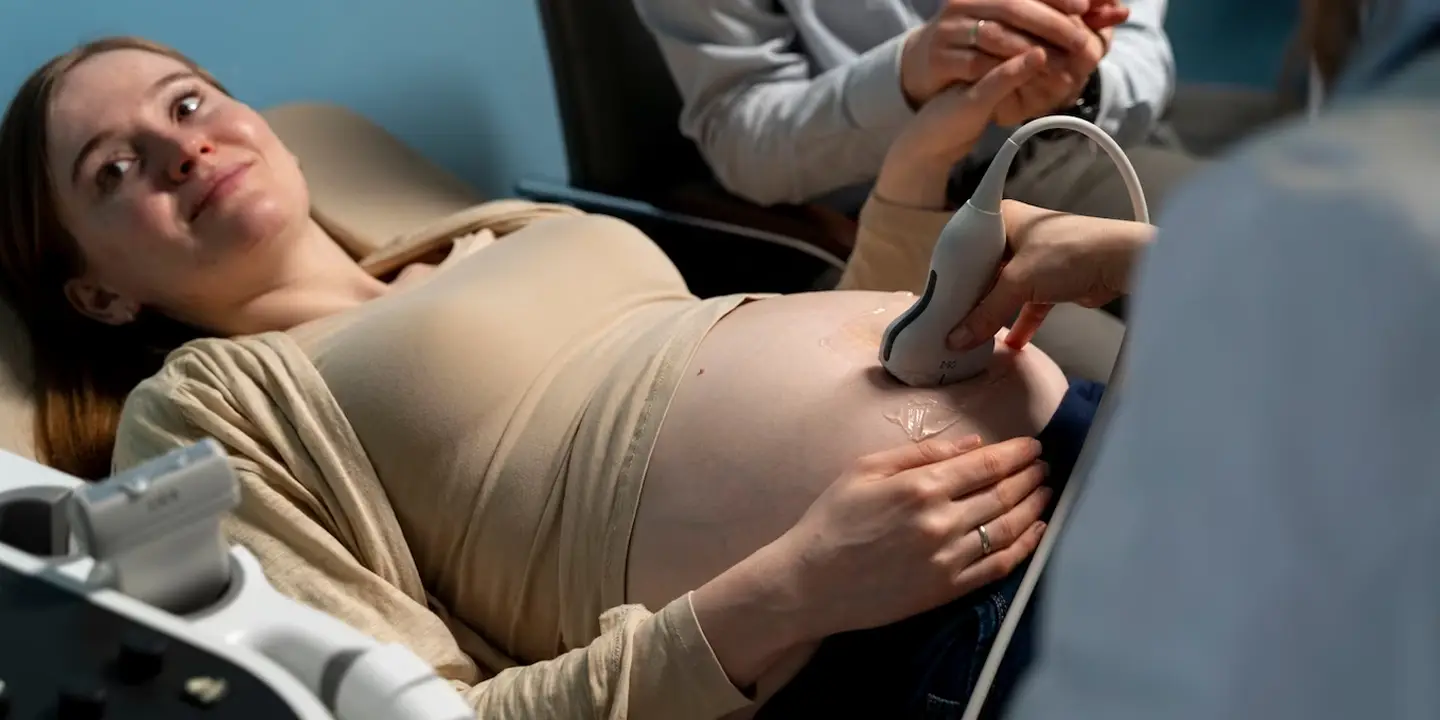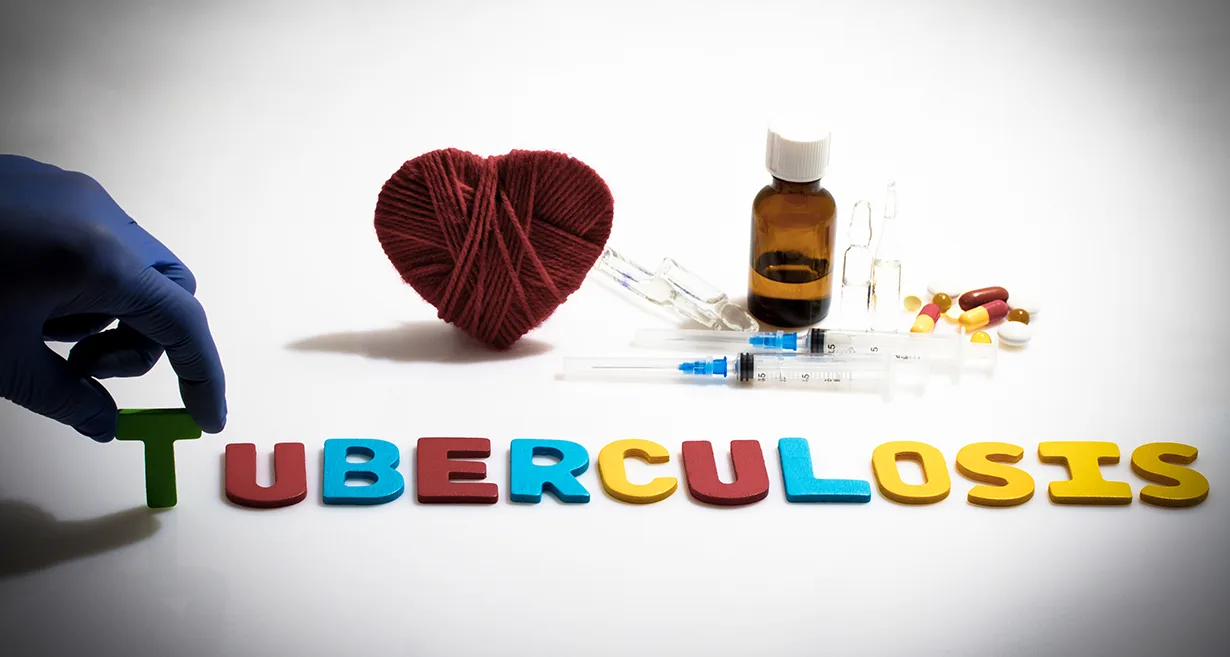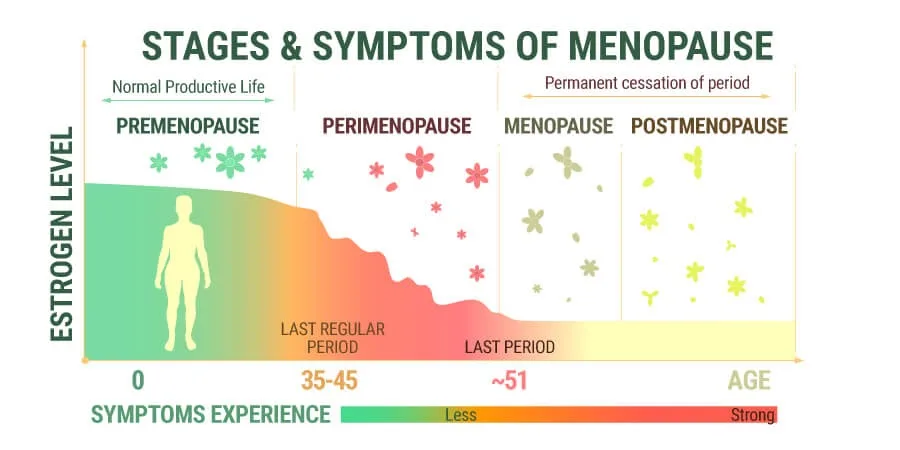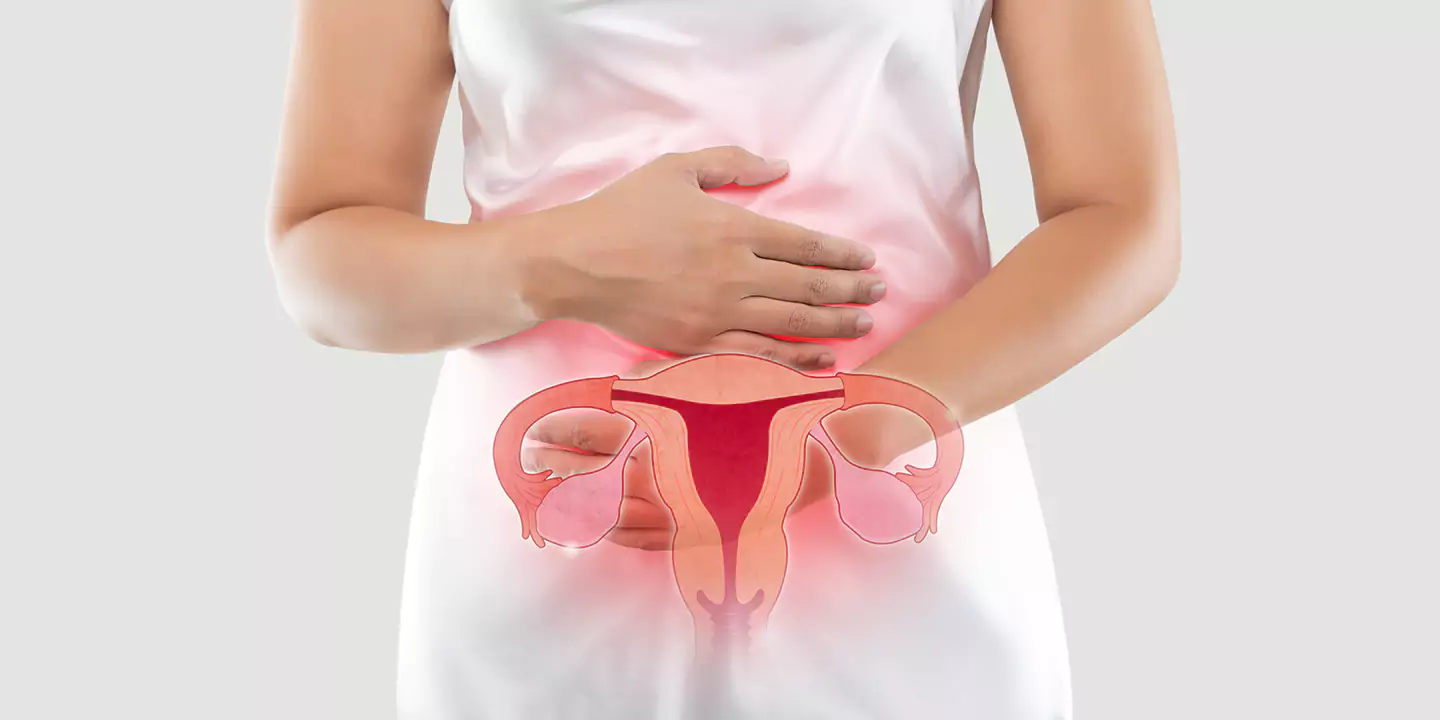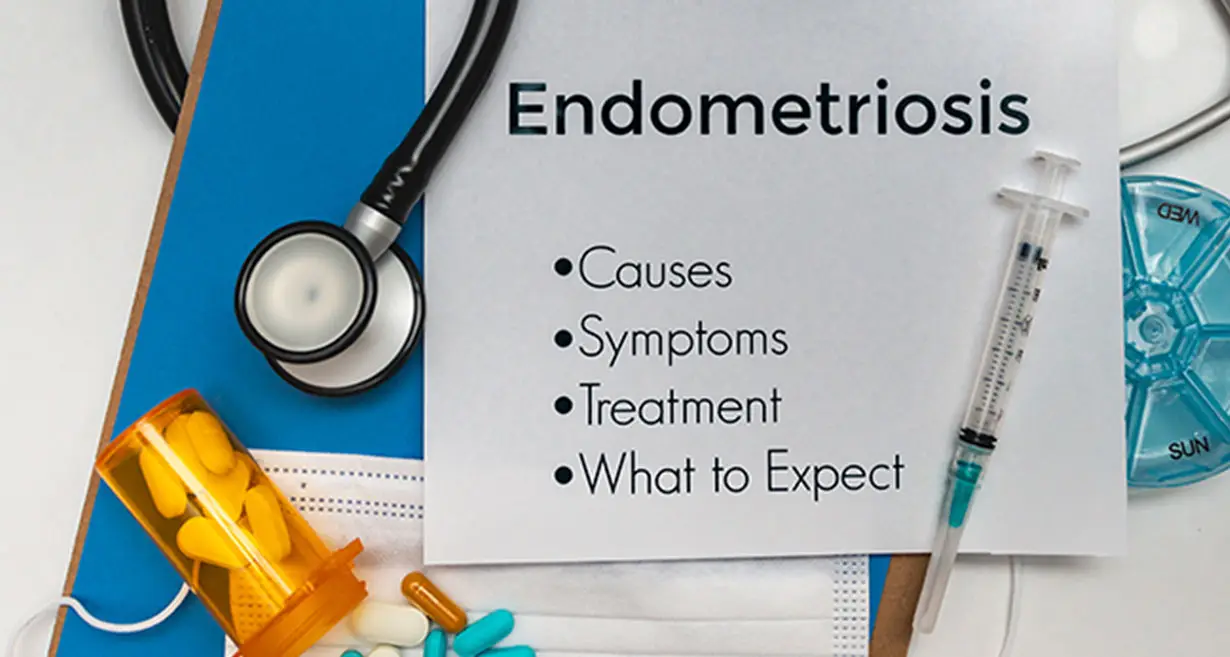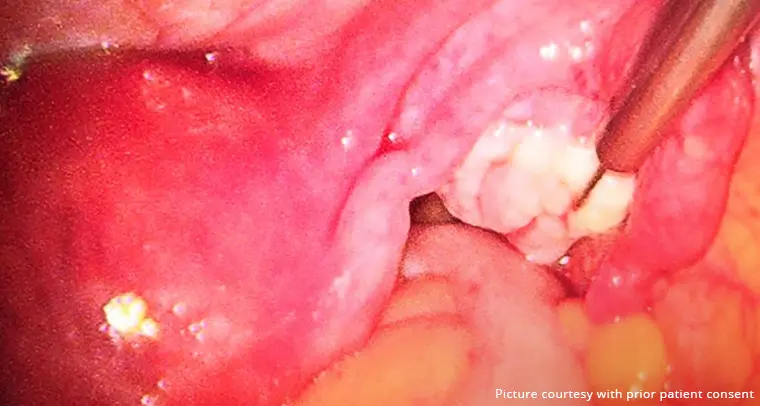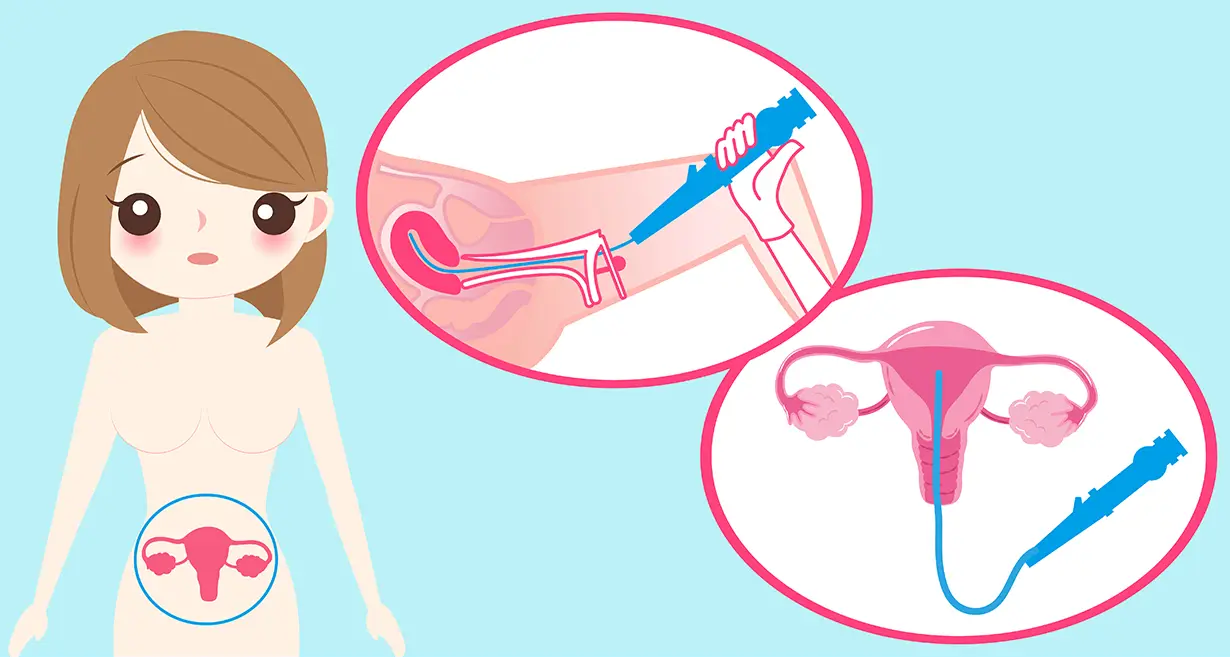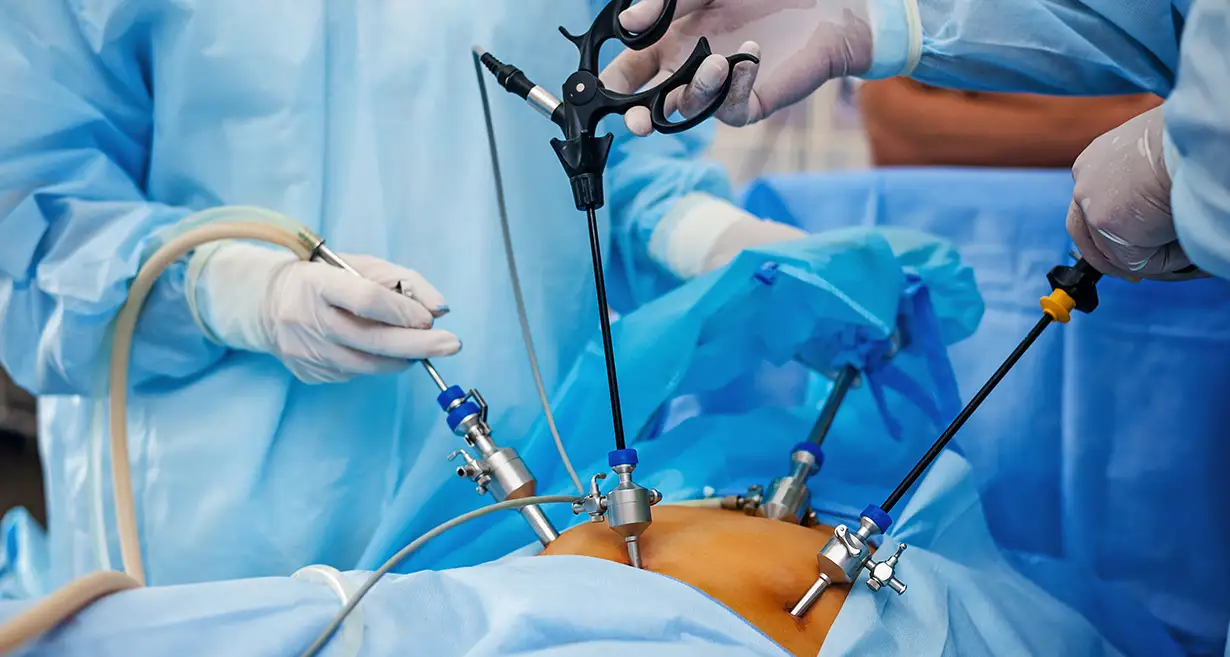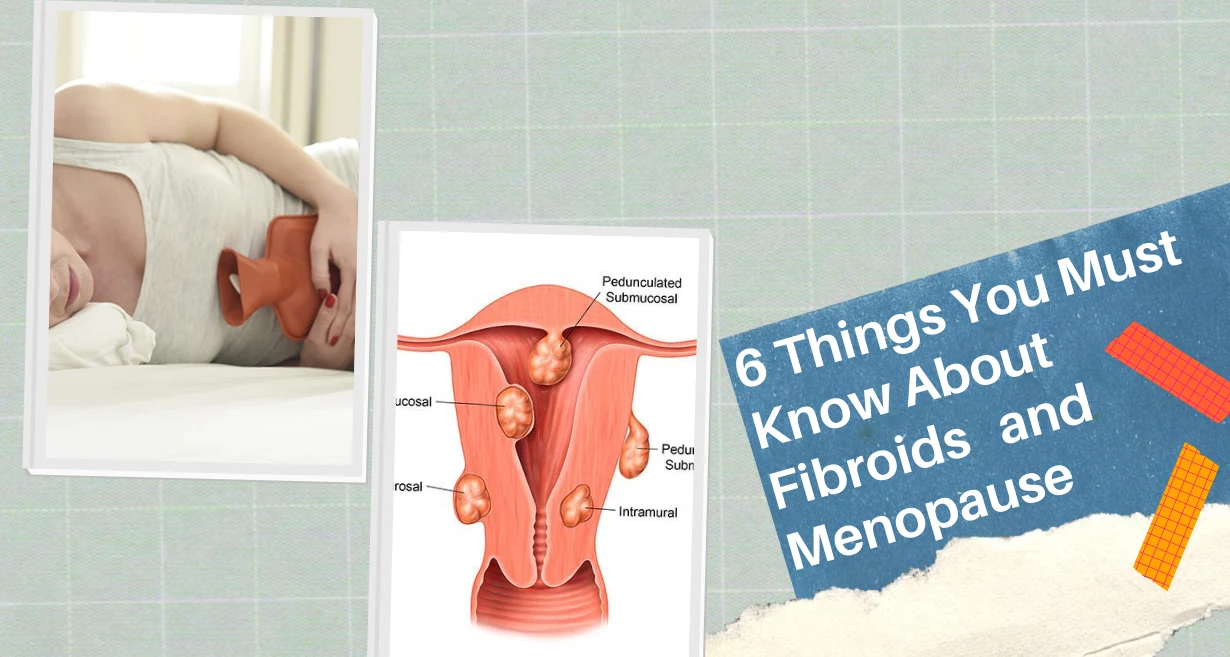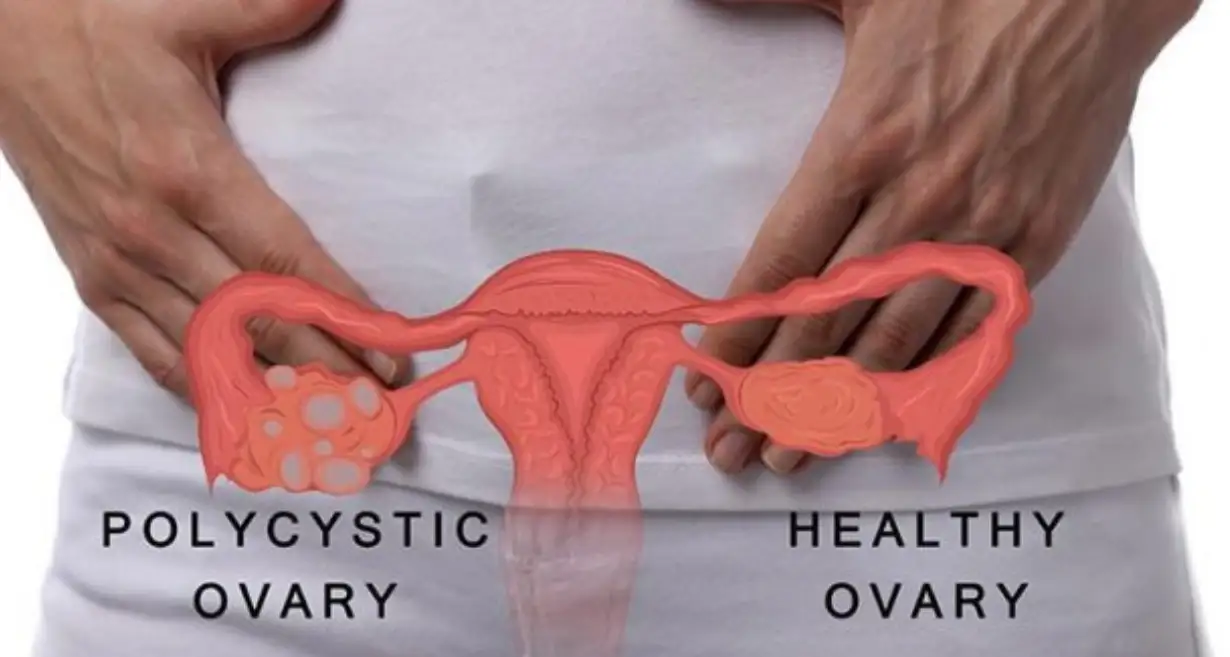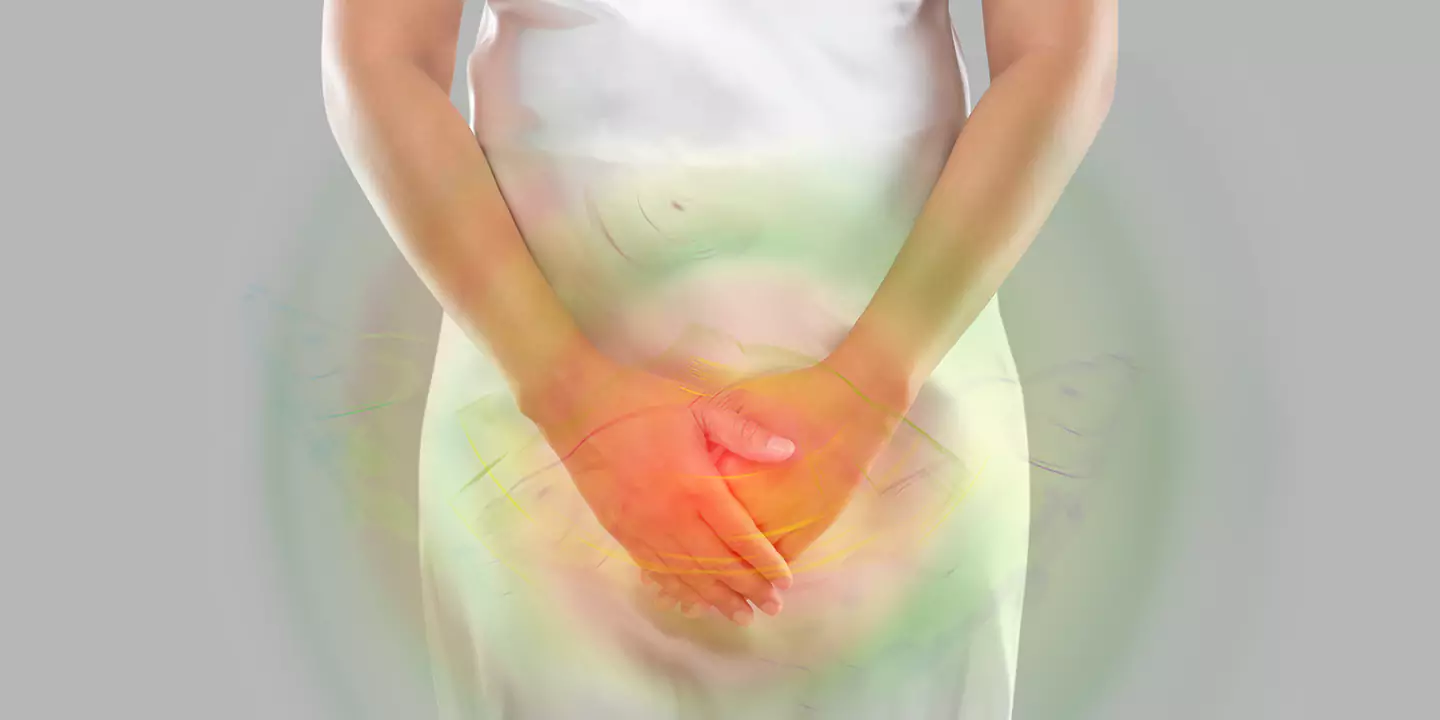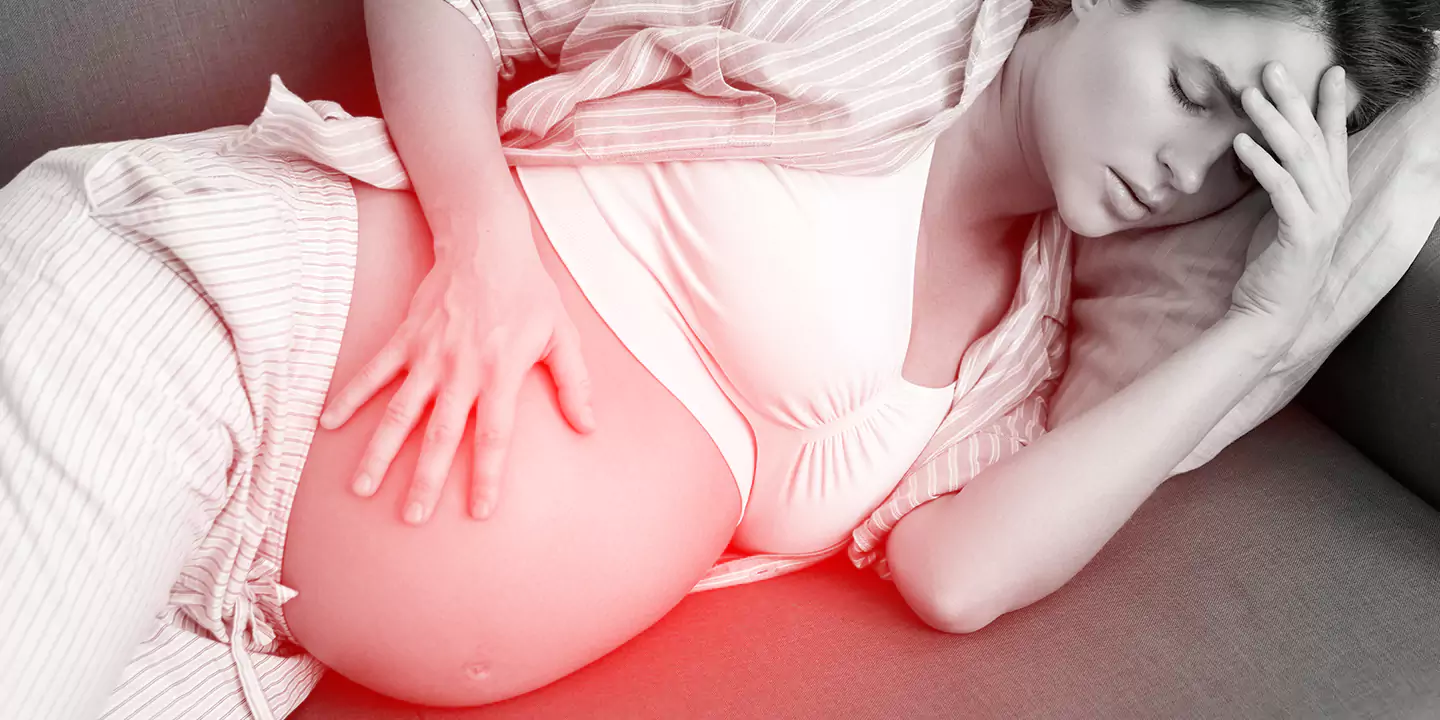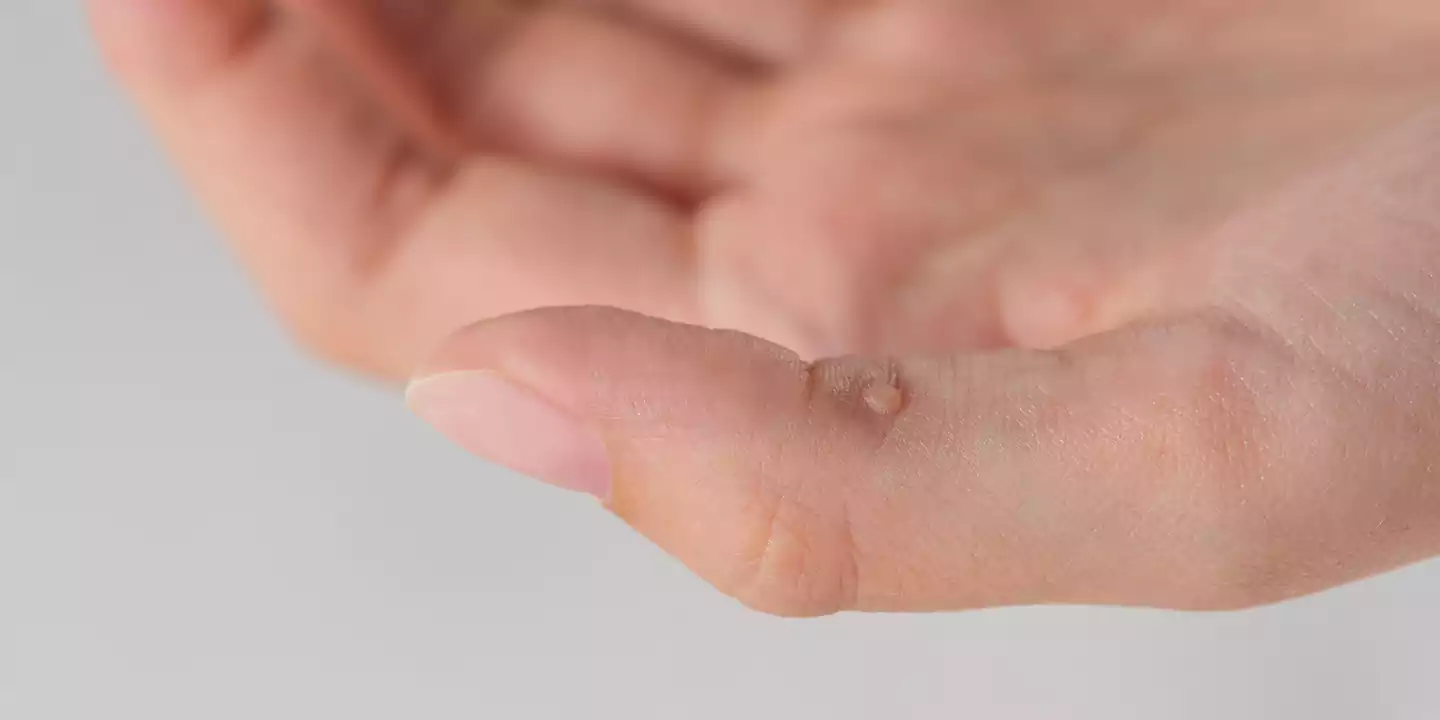
Polycystic Ovary Syndrome (PCOD), a hormonal disorder that affects many women, can lead to various health issues, including irregular periods, insulin resistance, weight gain, and fertility problems.
According to WHO, around 8-17% of women suffer from PCOD in their reproductive years, and around 70% go undiagnosed despite suffering from the condition. Managing the symptoms and consequences of PCOD can be challenging, but studies indicate that physiotherapy and exercise can offer numerous benefits.
This article will explore everything you need to know about polycystic ovary disease and how to reverse the condition using exercise and physical activity.
In this Article
What is PCOD?
Polycystic Ovary Syndrome (PCOD), also known as Polycystic Ovary Syndrome (PCOS), is a common hormonal disorder that affects women during their reproductive years. It is characterized by an imbalance in sex hormones, leading to various symptoms and potential health complications.
The condition is often tied to insulin resistance, contributing to risks of elevated blood sugar levels and obesity in individuals.
While PCOD can present many challenges, the good news is that it can be managed effectively through lifestyle modifications, medications, and, notably, physiotherapy and exercise.
When analyzing the causes behind PCOS and PCOD, genetic, hormonal, and lifestyle factors are at play. Some of the critical characteristics of PCOD include:
- Irregular menstrual cycle – Most women suffering from PCOD experience irregular periods due to the hormonal imbalance in their bloodstream. This also makes predicting ovulation difficult, leading to many fertility issues.
- Hormonal imbalance – One of the critical giveaways of PCOD is an imbalance in the key hormones in the blood. Most women with PCOD have elevated androgen levels (testosterone) in their blood, which leads to excess facial hair, acne, male-pattern baldness, etc.
- Ovulatory dysfunction – PCOD leads to various ovulatory complications in individuals, which often interfere with one’s fertility.
- Insulin resistance – Another common symptom of PCOD is insulin resistance, which can lead to various complications, including weight gain, elevated blood sugar levels, increased risks of type-2 diabetes, etc.
- Polycystic ovaries – As the name of the condition suggests, PCOD is marked by the development of small and large cysts in the patient’s ovaries. It isn’t a mandate for every patient, though.
Managing PCOD with an early diagnosis, lifestyle modifications, and optimal medical guidance is crucial, especially for women who are their reproductive age and want to conceive a baby naturally in the near future.
What are the Different Physiotherapy Techniques for Managing PCOD?
Now that you comprehensively understand PCOD and its causes and symptoms, understanding the different PCOD exercises is vital.
This allows us to understand better the benefits of this non-invasive and drug-free approach, which has proven benefits in managing PCOD symptoms in the patient.
The following are the best physiotherapy techniques or exercises worth trying:
1. Aerobic exercises
Includes: Jogging, Brisk walking, Swimming
How does it help?
Studies have found that indulging in regular aerobic exercises can improve insulin sensitivity and help regulate one’s menstrual cycles to minimize the symptoms of PCOD.
Not just that aerobic exercises are also practical for weight loss, which is another integral requirement for obese or overweight patients suffering from PCOD.
Getting a customized exercise program suited to an individual’s fitness levels and goals is vital, too.
2. Strength training
Includes: Resistance training, Training with weights
How does it help?
The benefits of strength training exercises for PCOD are diverse. However, it is an advanced-level exercise, meaning it might not fit into every person’s fitness goals.
That said, strength training can benefit PCOD patients since it helps build lean muscle mass, boosts the body’s metabolism, and helps with losing stubborn weight and visceral body fat that has been worsening the symptoms of PCOD.
Since strength training often involves weights and equipment, ensuring proper training, posture, and guidance of a professional is ideal.
3. Yoga and pilates
Includes – Different yoga poses, Pilates training
How does it help?
Many people realize this, but the PCOD symptoms can be exacerbated due to stress and anxiety. Due to our fast-paced and stressful lives, finding time to prioritize ourselves and our mental well-being often takes a back seat.
Hence, witnessing the PCOD symptoms worsening with the day is common and natural. Introducing yoga and pilates can help manage stress, improve flexibility, and promote relaxation in such situations. These, in turn, can help manage the PCOD symptoms and prevent further worsening.
4. Breathing exercises
Includes – Pranayama
How does it help?
While already on yoga and mind-body exercises, we had to include breathing exercises. Since stress is a crucial marker behind the onset of PCOD in women, managing those triggers with proper and tailored exercises can be beneficial.
Indulging in controlled breathing exercises has been beneficial for reducing stress, improving lung function, and supporting overall well-being. If your PCOD symptoms worsen due to stress, including breathing exercises in your routine can be beneficial.
5. Pelvic floor rehabilitation
Includes – Kegels, etc.
How does it help?
Did you know that PCOD can inadvertently impact your pelvic floor strength and functions and often alter the strength of the pelvic floor? Well, it sure does happen and leads to common complications of urinary incontinence and similar issues.
There are a variety of pelvic floor exercises that can alleviate the dysfunction proactively. We recommend you consult a trained professional to help you with this.
These are just a handful of exercises that address the PCOD problem treatment. If you have been wondering how to manage your PCOD symptoms and regulate your menstrual cycle and hormonal balance, you must prioritize these exercises mentioned.
What are the Benefits of Physiotherapy for PCOD?
PCOD leads to various complications for the patient, including weight gain, insulin resistance, hormonal imbalance, irregular menstrual cycles, and infertility.
With some of the symptoms’ severity, integrating physiotherapy and exercises into one’s lifestyle can be life-changing and reverse the impacts of PCOD on one’s reproductive health.
The following are the benefits of physiotherapy and exercise for PCOD treatment:
- Including physiotherapy with a well-balanced diet is highly effective in managing body weight, improving insulin sensitivity, and reducing the risks of diabetes in patients.
- Regular physical activity, including aerobic exercise and strength training, can help balance hormonal levels, which is key in reducing the symptoms of hirsutism, acne, and irregularities in the menstrual cycle in women suffering from PCOD.
- Mind-body exercises like yoga, pilates, and breathing exercises are also effective in alleviating stress, which is often considered a key trigger behind PCOD.
- Since exercises regulate and reduce PCOD symptoms, they also contribute to improved ovulation and hormonal balance, which enhances fertility in PCOD patients.
- PCOD is associated with elevated risks of heart disease, diabetes, etc., in patients due to heightened risks of obesity, high blood pressure, and insulin resistance. Indulging in regular exercising reduces those risks significantly.
What are the side effects of Physiotherapy and Exercises for PCOD?
Indulging in exercise for PCOD problems is excellent, but like any form of treatment, even this one has potential side effects and limitations.
This is one of the reasons why we always emphasize the importance of professional care and guidance at Queen’s Gynecology. Not only does it improve the success rates and effectiveness of the physiotherapy sessions for the patients, but it also minimizes the side effects involved.
Some of the potential side effects include:
- The most common issue that most PCOD patients experience with physiotherapy and exercise is overexertion, leading to injuries and excess stress on the body.
- Generalized physiotherapy programs might only work for some. This means something other than what works for one individual might work for another.
- To see results with exercising and physiotherapy, the patient must remain consistent with their exercise routine, which might be an issue for some individuals.
- Some PCOD patients may experience emotional challenges, and physiotherapy, while beneficial, may not directly address these issues.
Why Choose Queen’s Gynecology for PCOD Treatment?
PCOD is an underdiagnosed and misunderstood condition affecting way more women than we realize.
With years of expertise and experience in offering comprehensive care to women suffering from PCOD, Queen’s Gynecology now stands as a leading choice for individuals dealing with PCOD, and here’s why:
Specialization in women’s health
Being a women-driven team of gynecologists and trained staff, our clinic specializes in women’s health, including diagnosing and managing PCOD. Our objective is to offer women a safe space to voice their concerns and get the relevant treatment they need to overcome the complications related to their physical health.
Multidisciplinary approach
Queen’s Gynecology takes a multidisciplinary approach to PCOD management. With the diverse impacts of the condition on a woman’s body, we often connect our patients with physiotherapists, nutritionists, and other healthcare professionals to provide holistic care.
Personalised treatment plan
Each patient who walks in through the doors of our clinic is different, and so are their medical needs. This is one of the reasons why every patient’s treatment plan is tailored to their specific needs.
Advanced diagnostic tools
Not only is our clinic led by some of the most renowned gynecologists and specialty medical professionals, but our clinic also employs state-of-the-art diagnostic tools and techniques to diagnose PCOD and monitor treatment progress accurately.
Supportive environment
Living with PCOD can be challenging, both physically and emotionally. Queen’s Gynecology provides a supportive and compassionate environment for patients to navigate their PCOD journey.
Conclusion
Polycystic Ovary Syndrome (PCOD) is a complex condition affecting a woman’s health and well-being. Exercise and physiotherapy can be useful if you are looking for natural ways to alleviate the symptoms and lead a more fulfilling and healthier life.
When seeking treatment for PCOD, Queen’s Gynecology stands out as a premier choice, where we aim to help our patients on their journey to better health and well-being. For more details regarding our PCOD treatment services and appointment-related queries, kindly contact us directly.
FAQ’s
There is no “standard” when it comes to the exercise for PCOD. Every individual’s body is different, and so are their fitness goals. Hence, working with a professional trainer or physiotherapist is ideal for curating the best exercise routine.
Massage therapy is often considered beneficial for managing PCOD symptoms. Some of the common types of massages ideal for PCOD are abdominal massage, deep tissue massage, aromatherapy massage, lymphatic drainage massage, etc.
If you are suffering from the symptoms of PCOD, therapy involves certain things that you need to avoid, including highly processed foods, sugary foods and beverages, trans fats, excess caffeine, dairy products, alcohol, red meat, etc.






